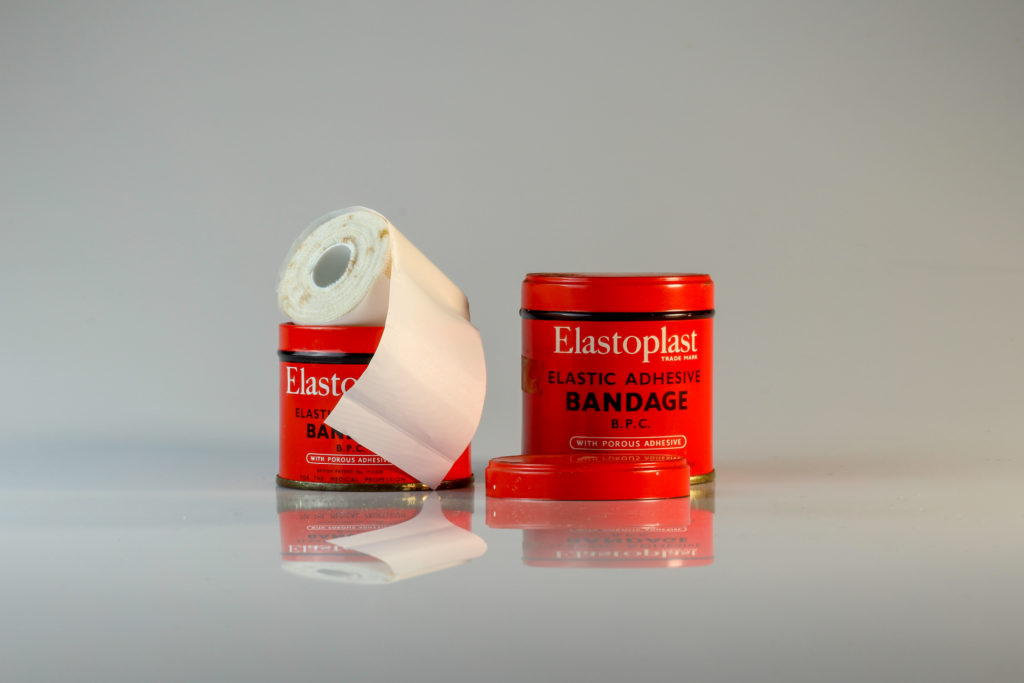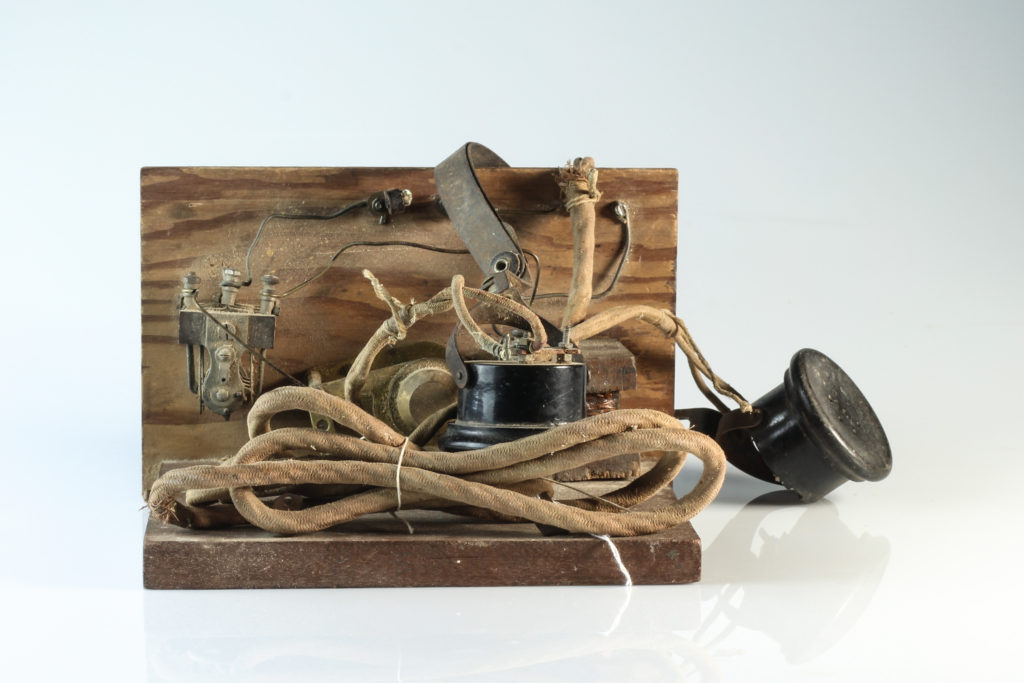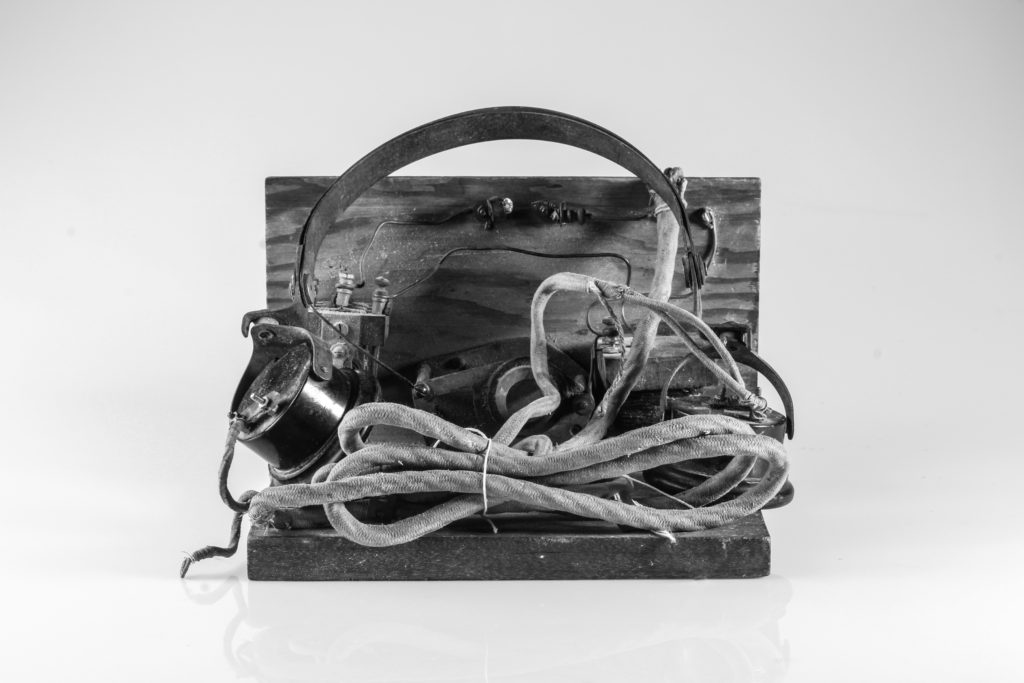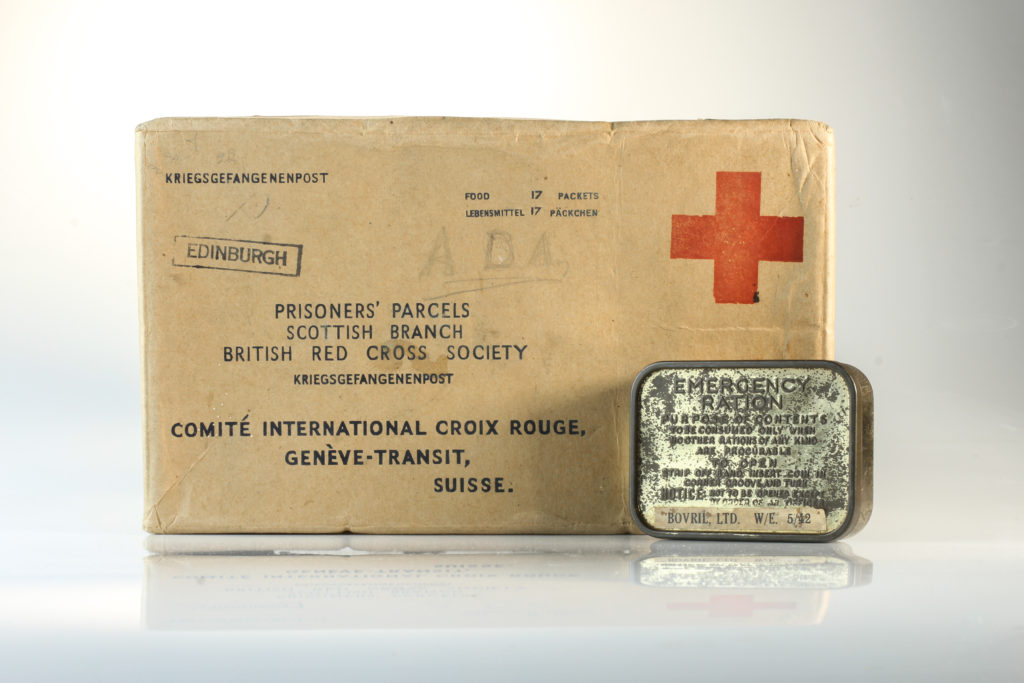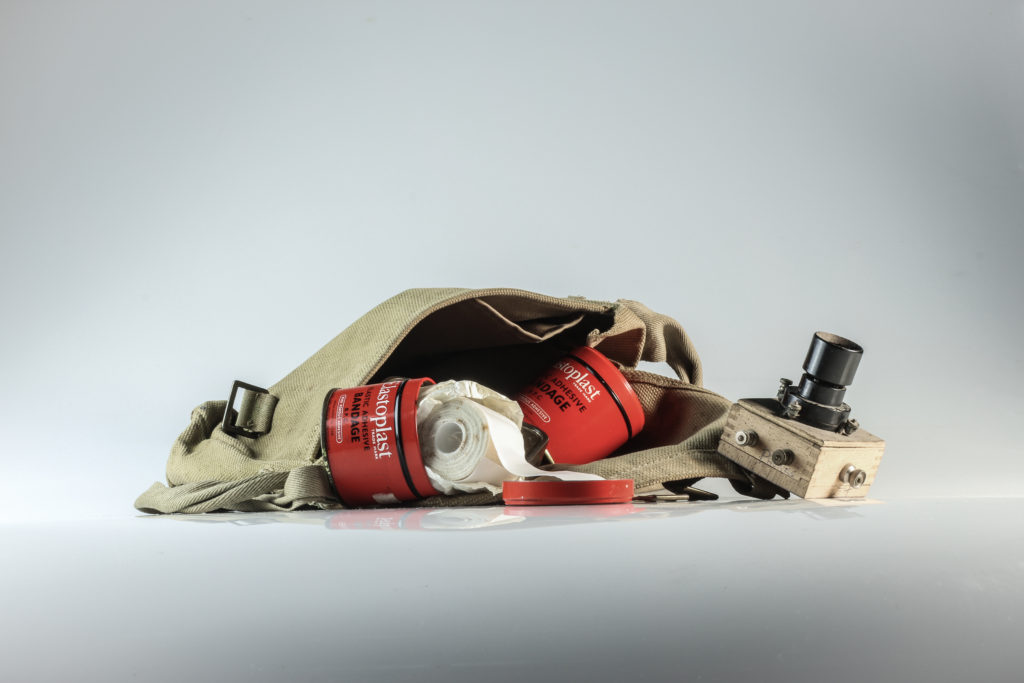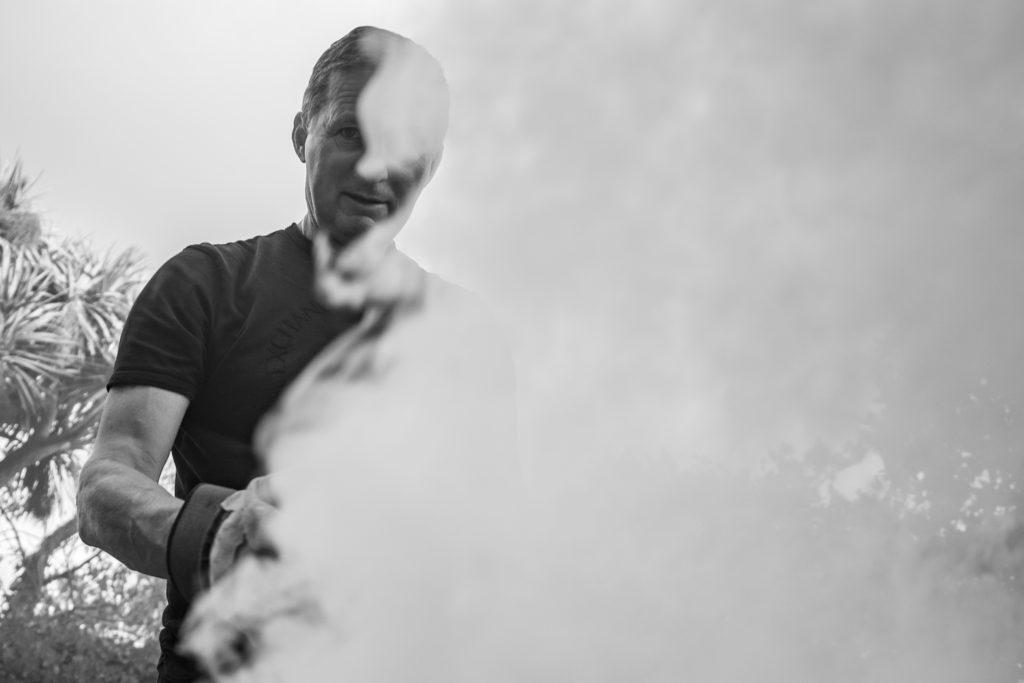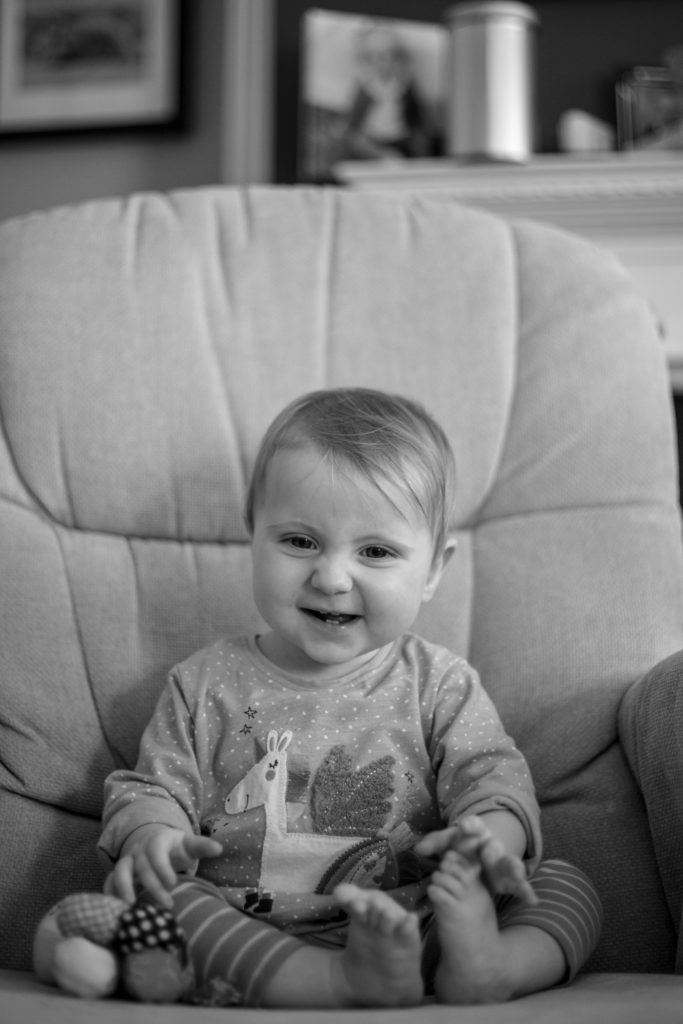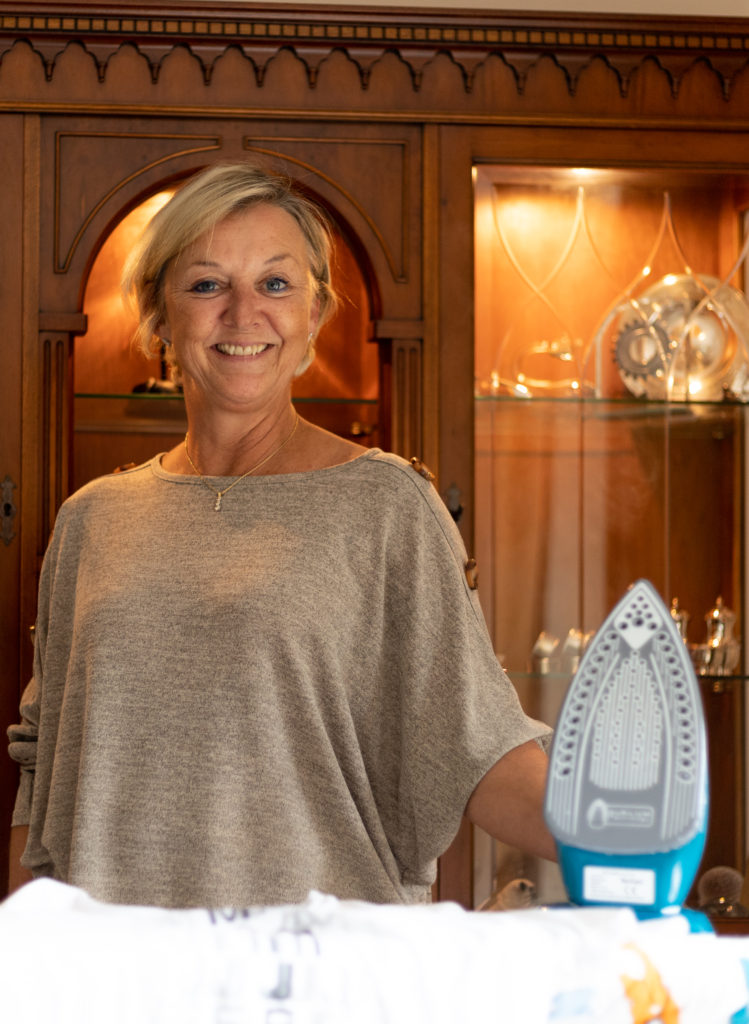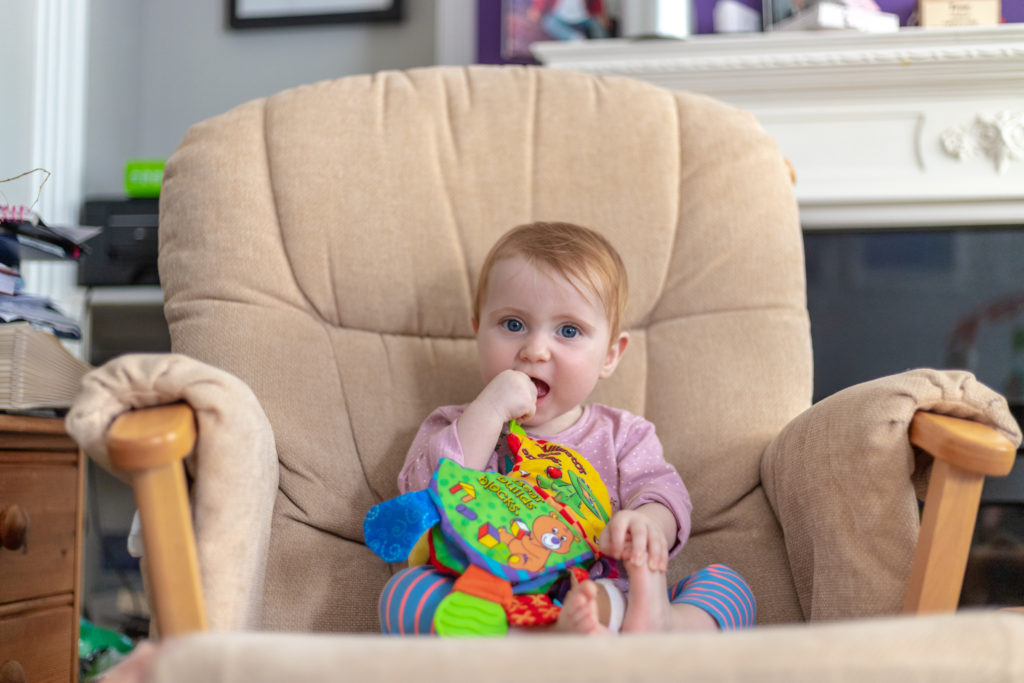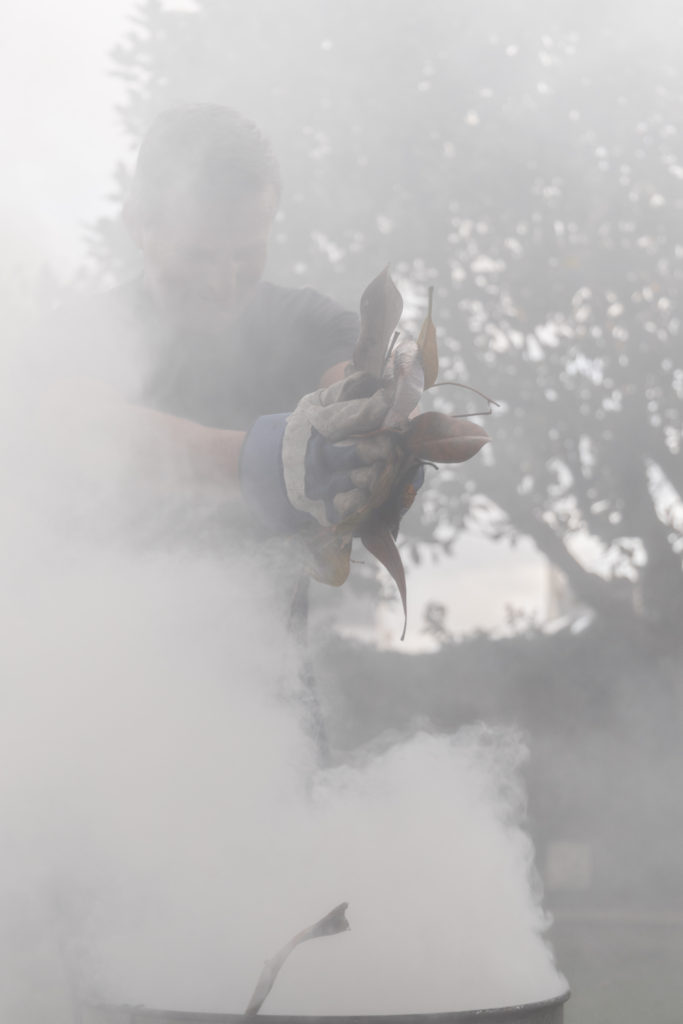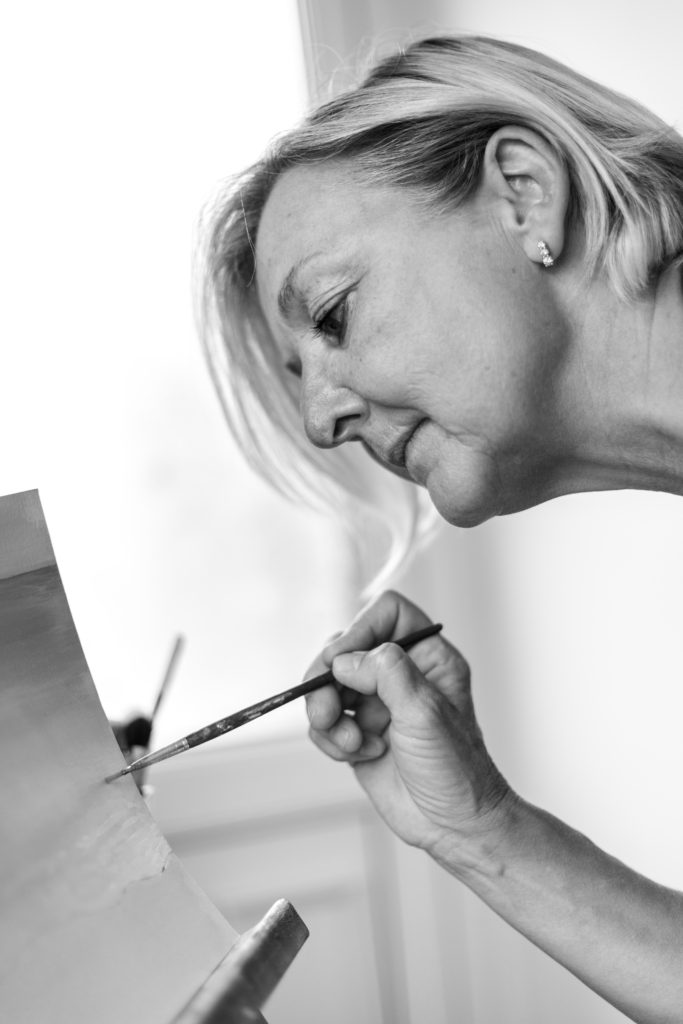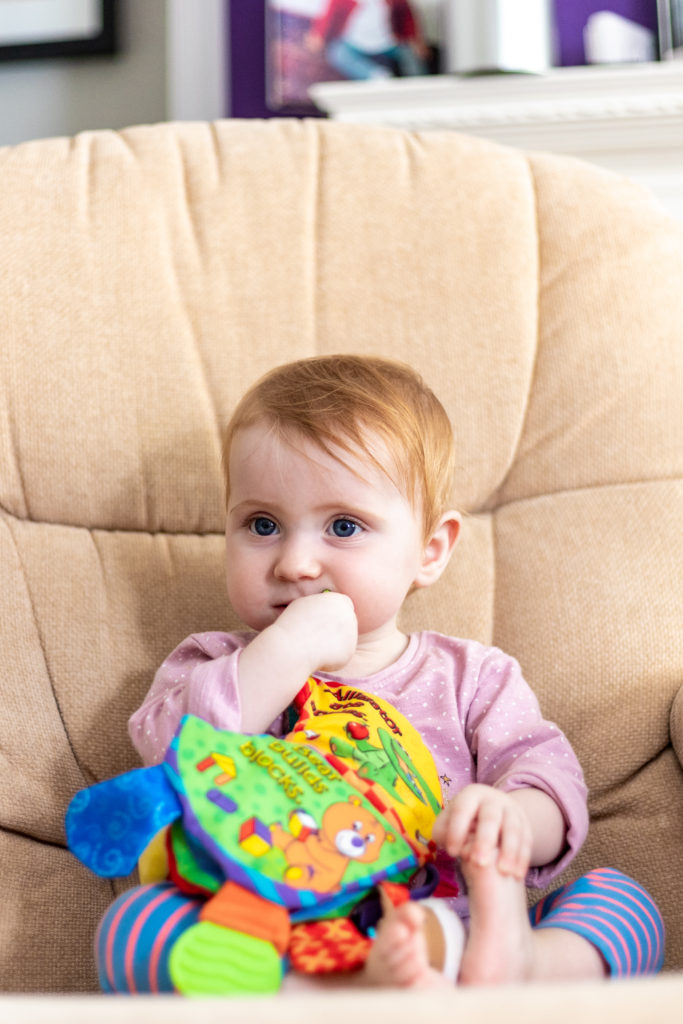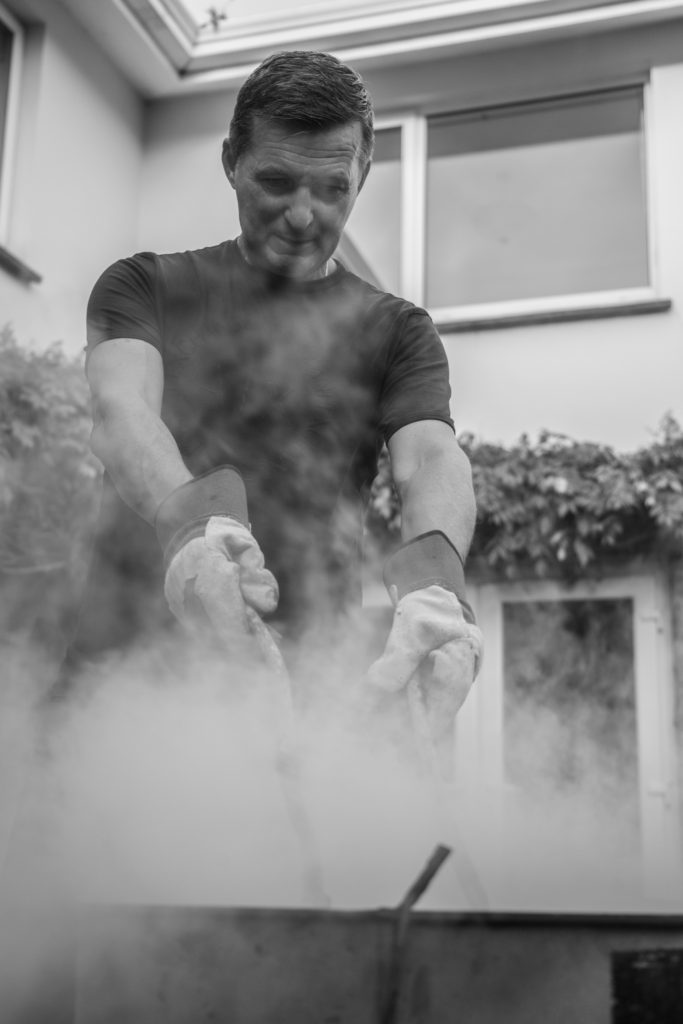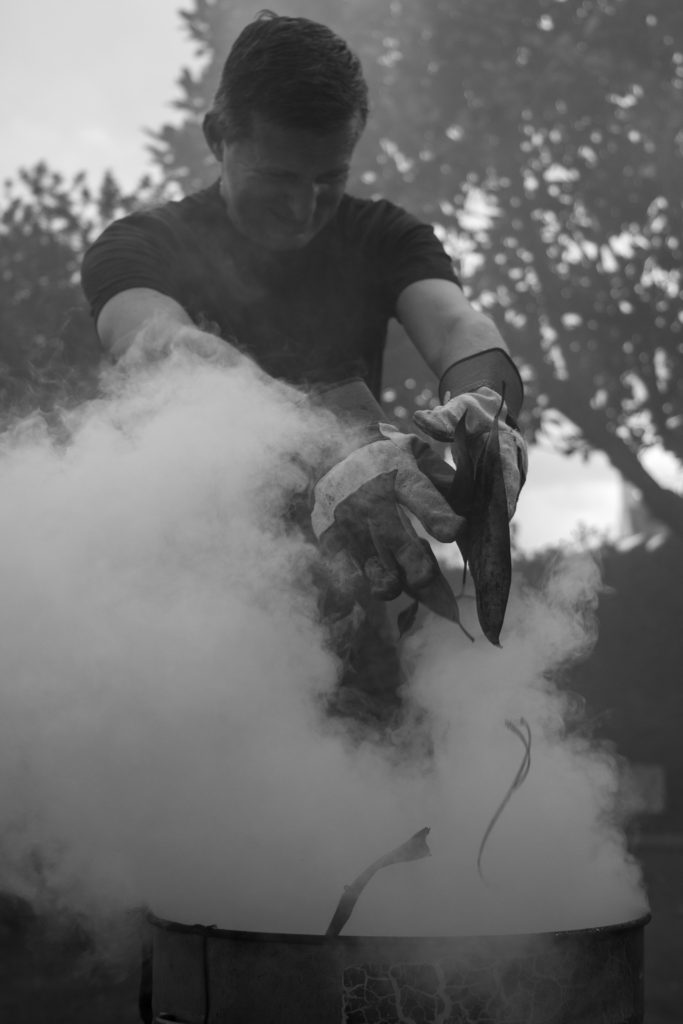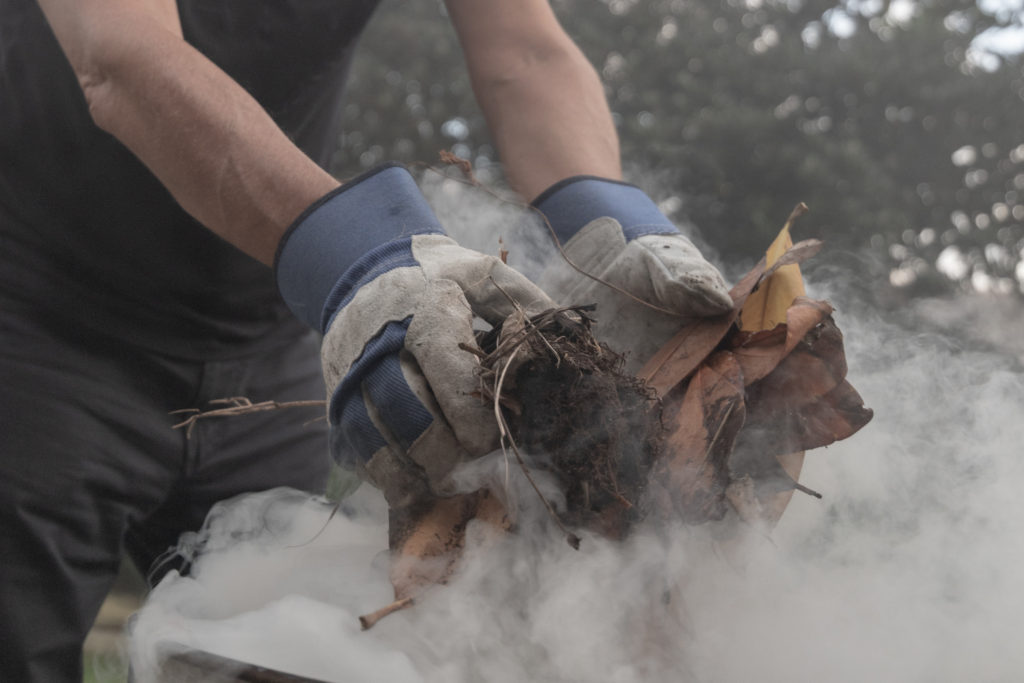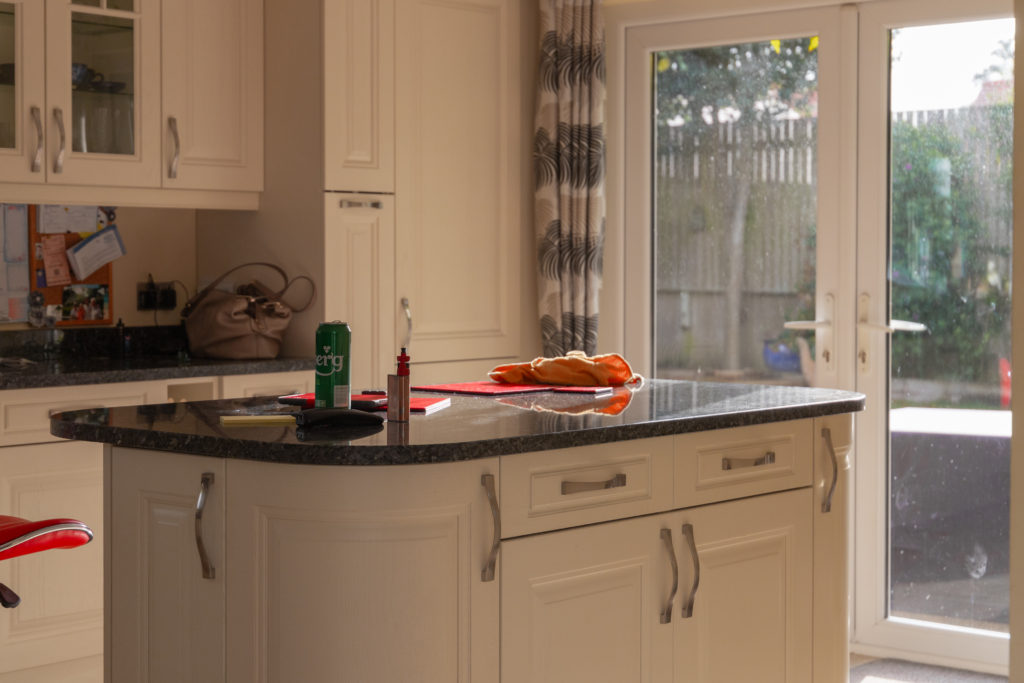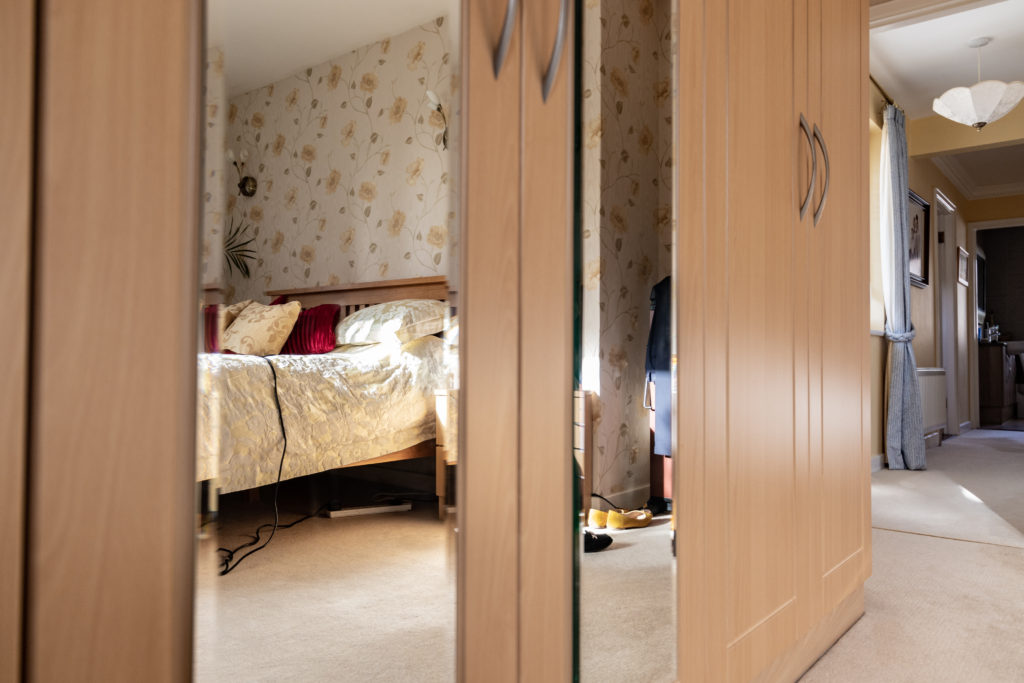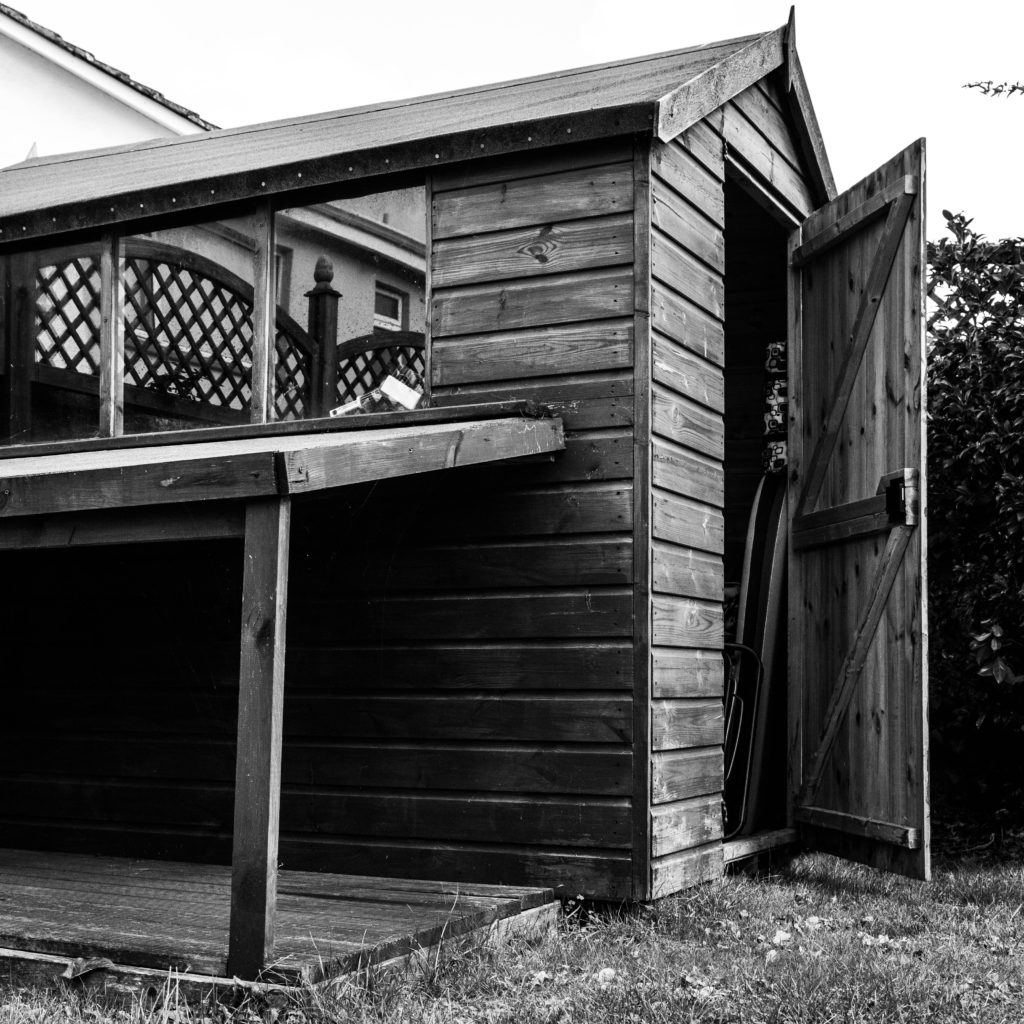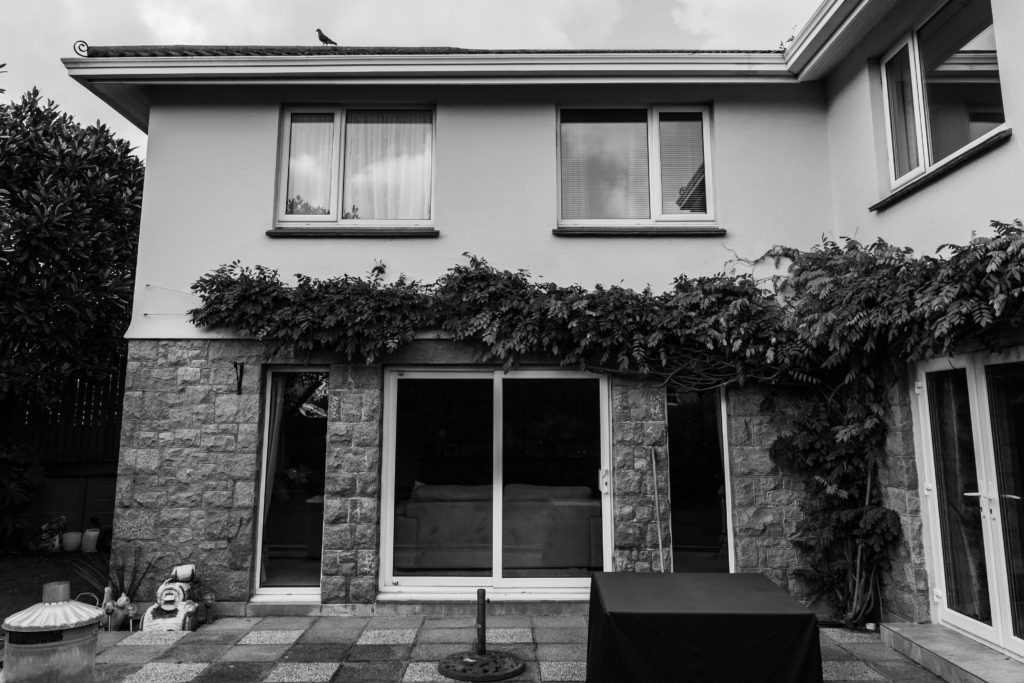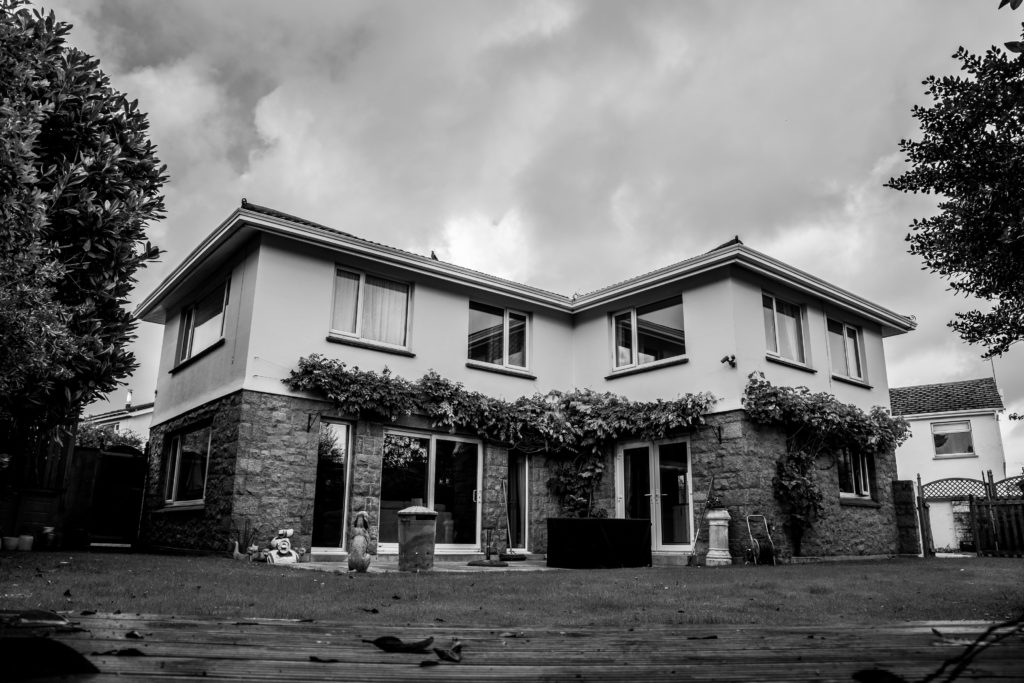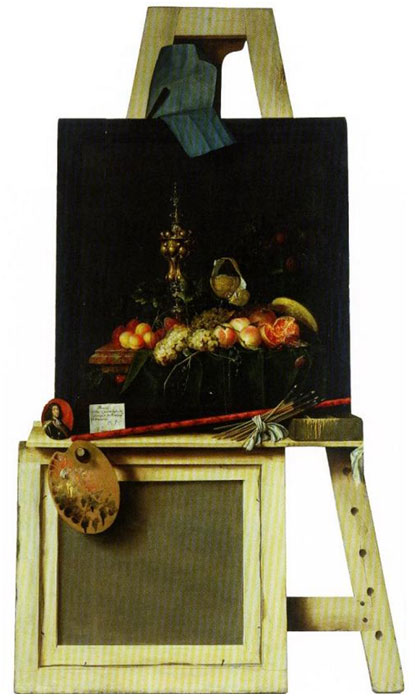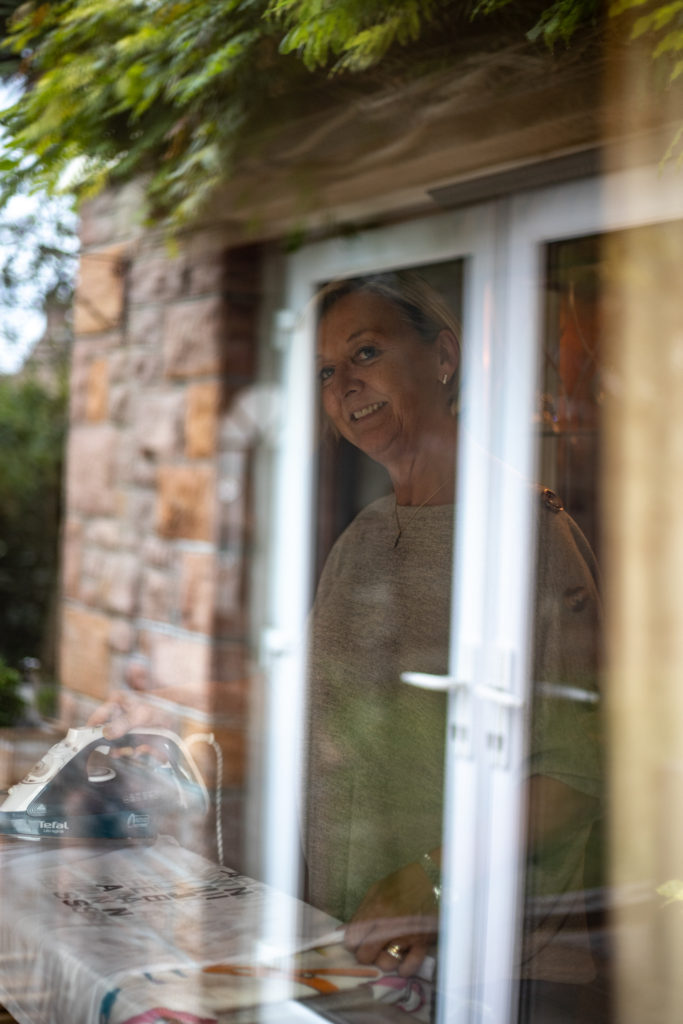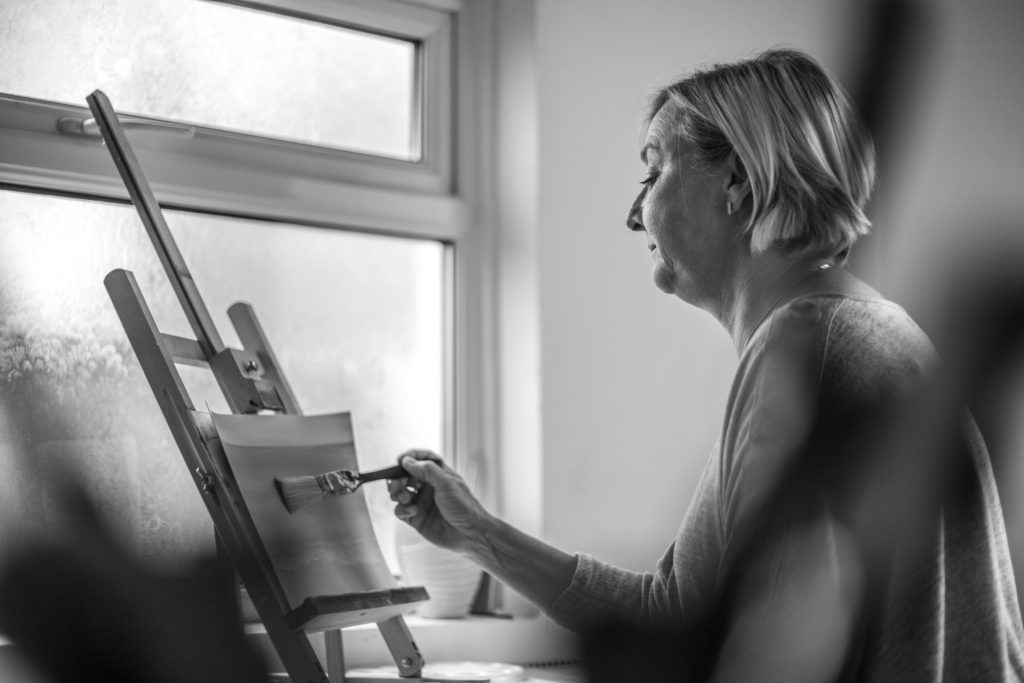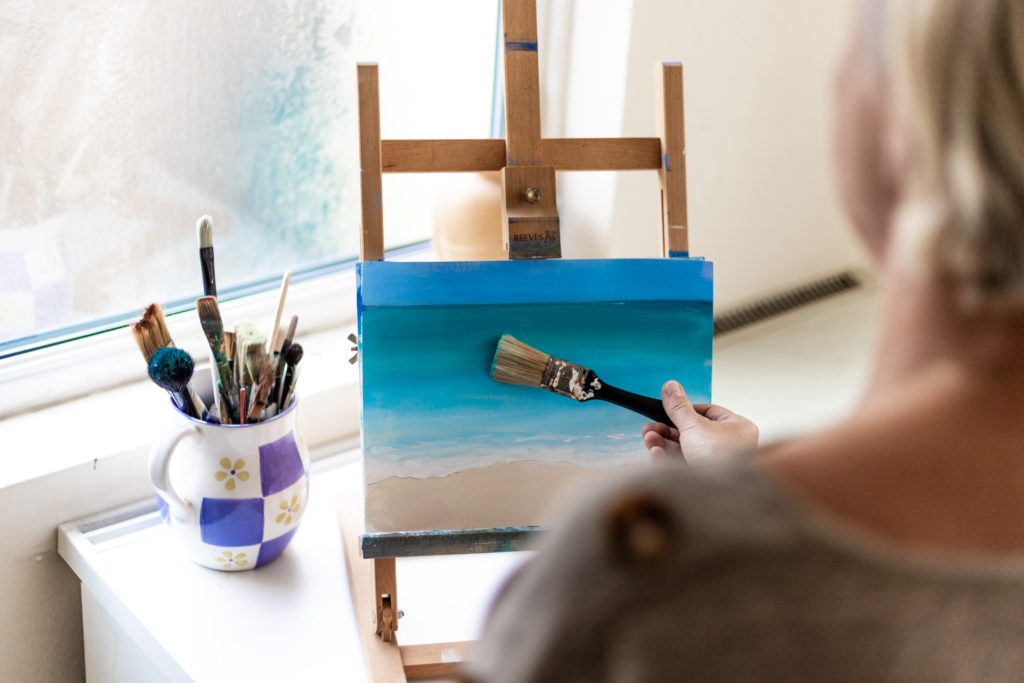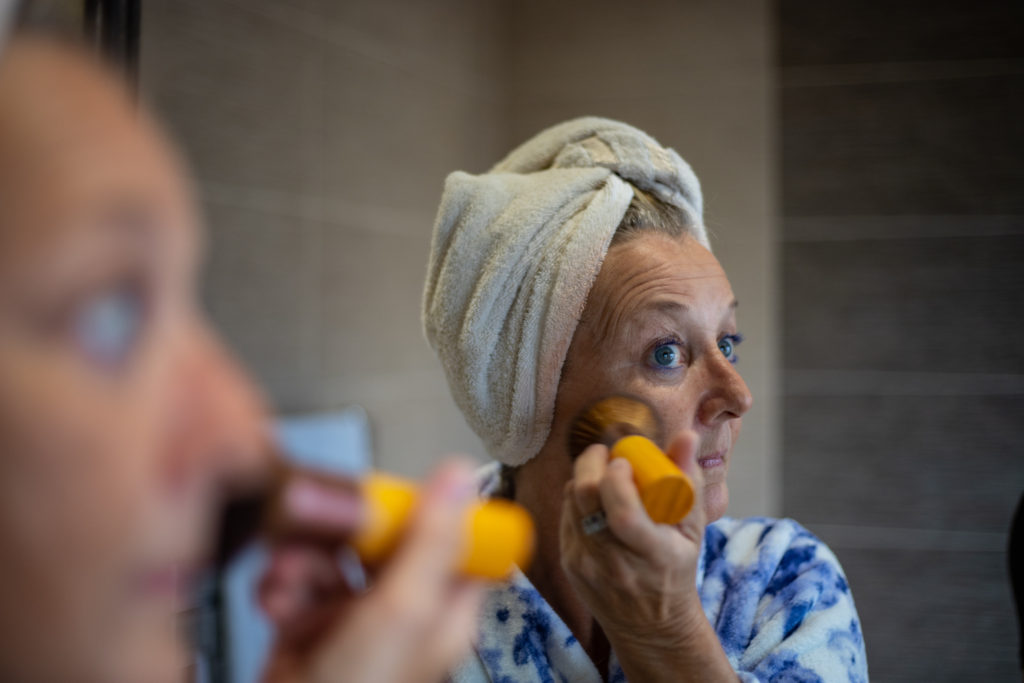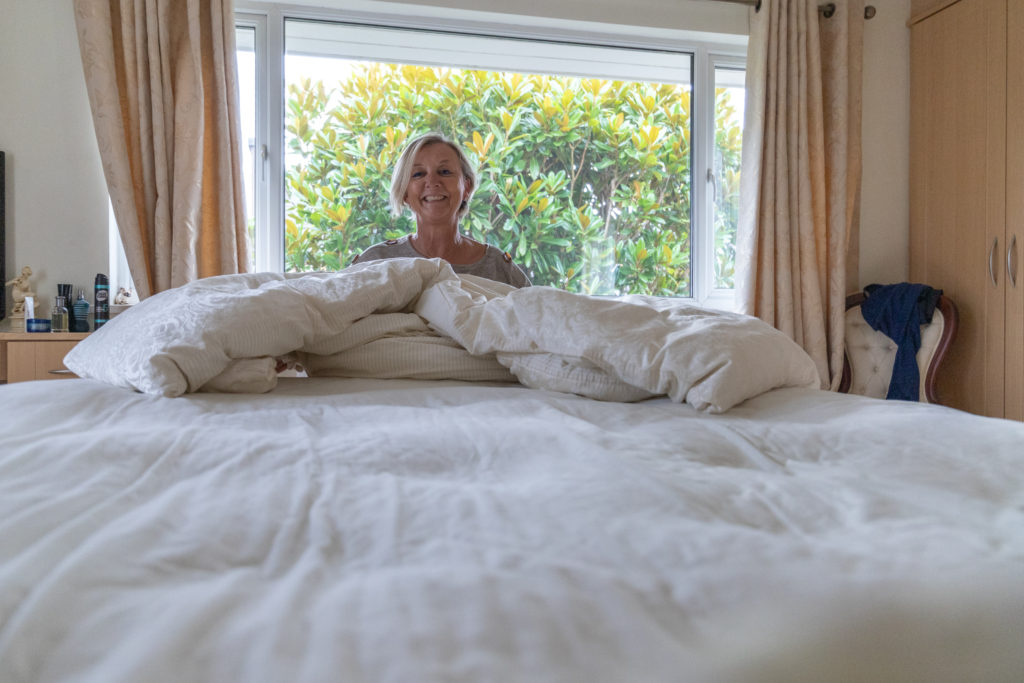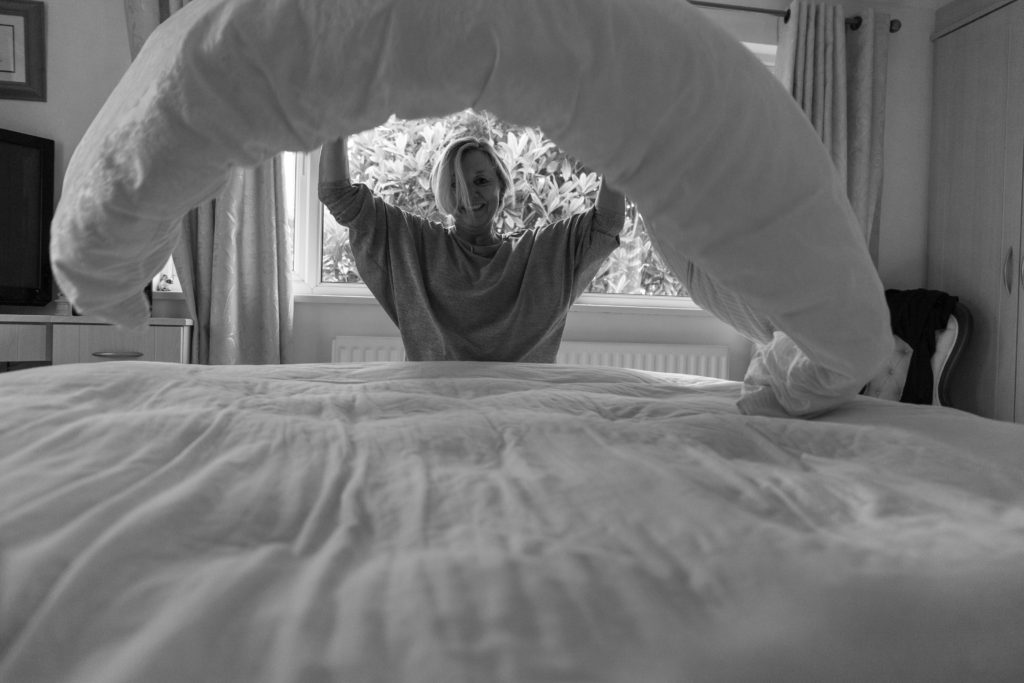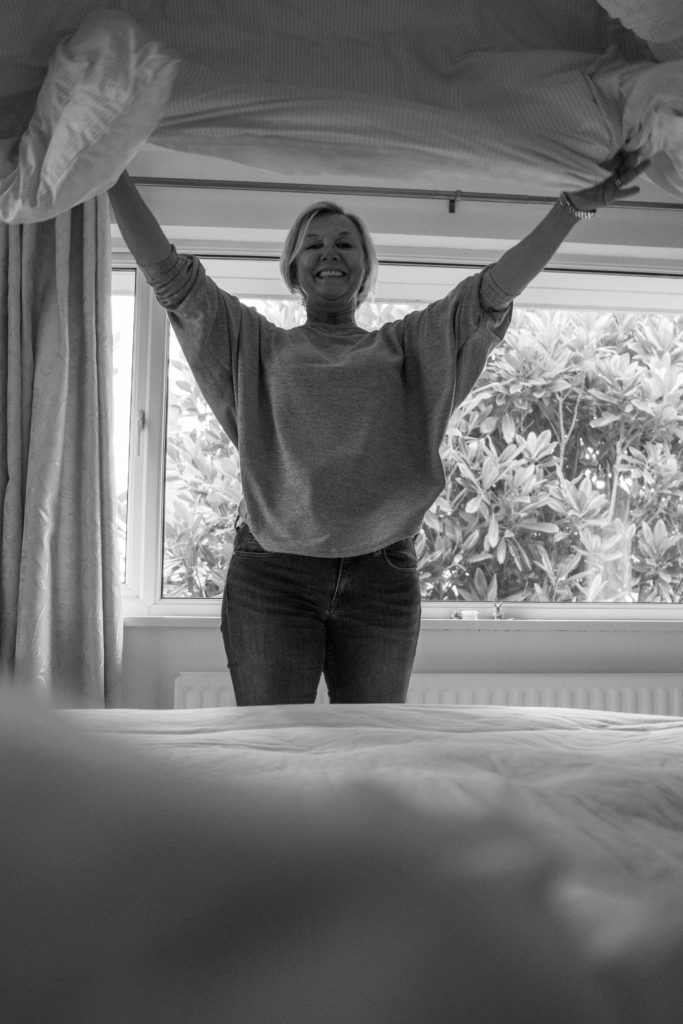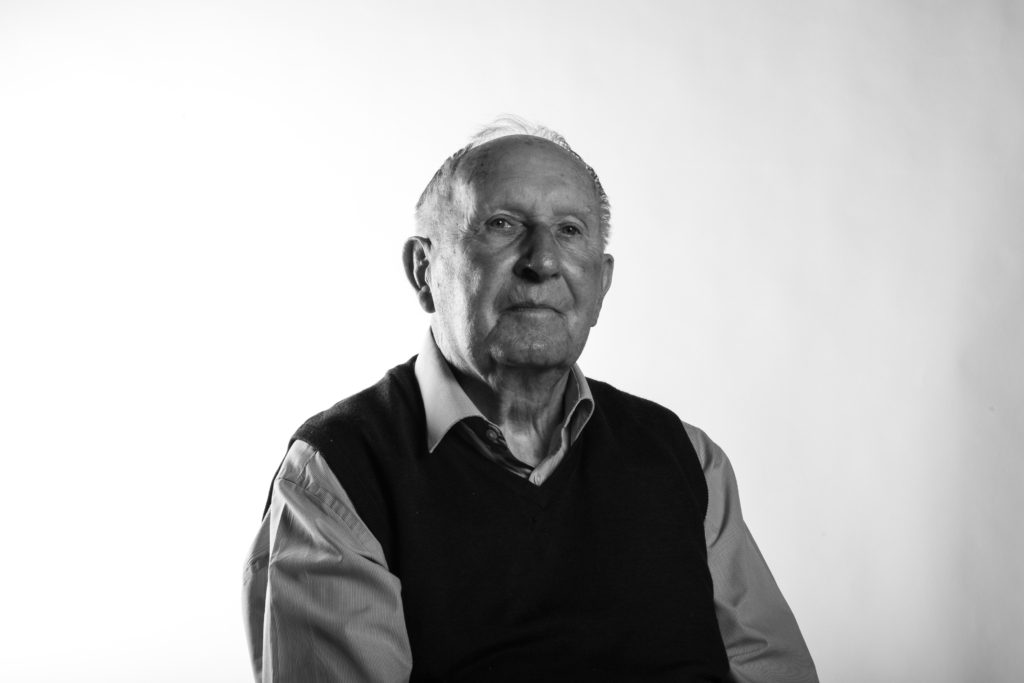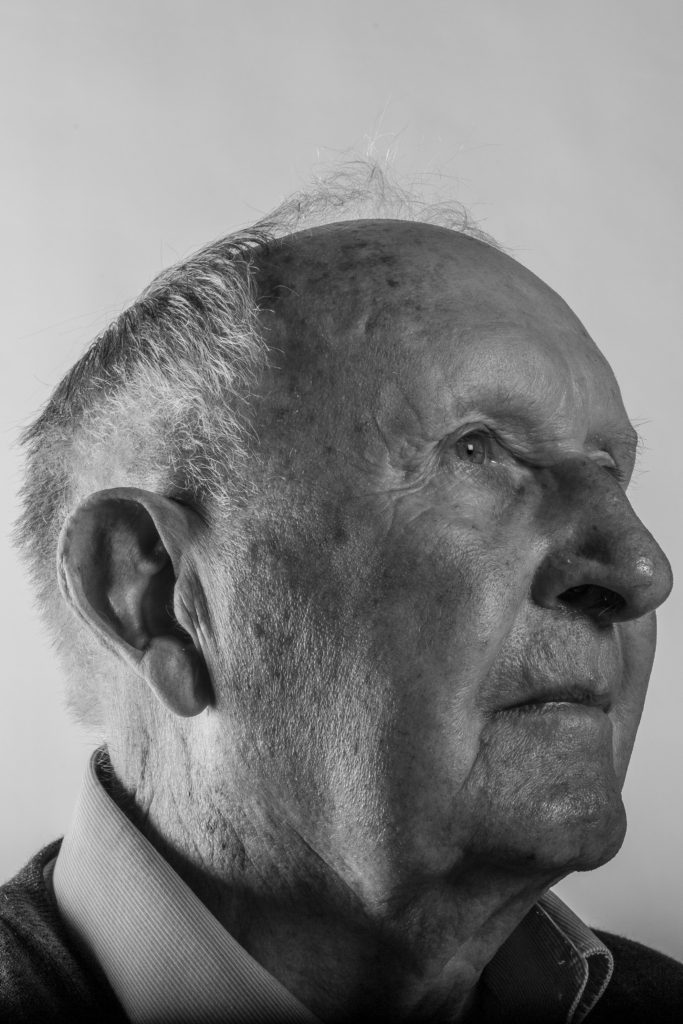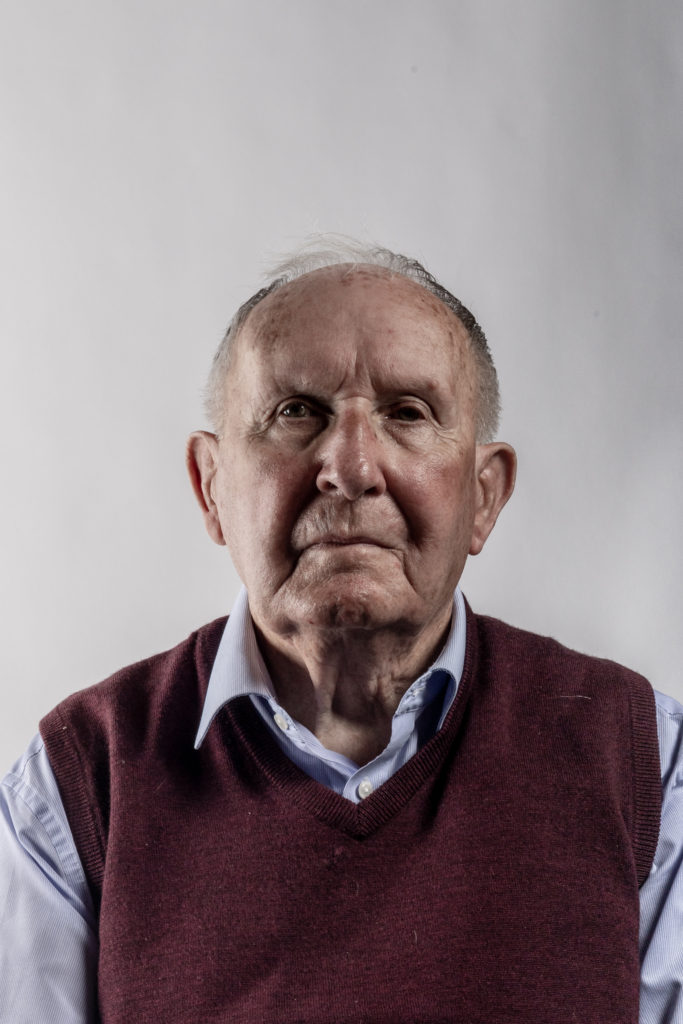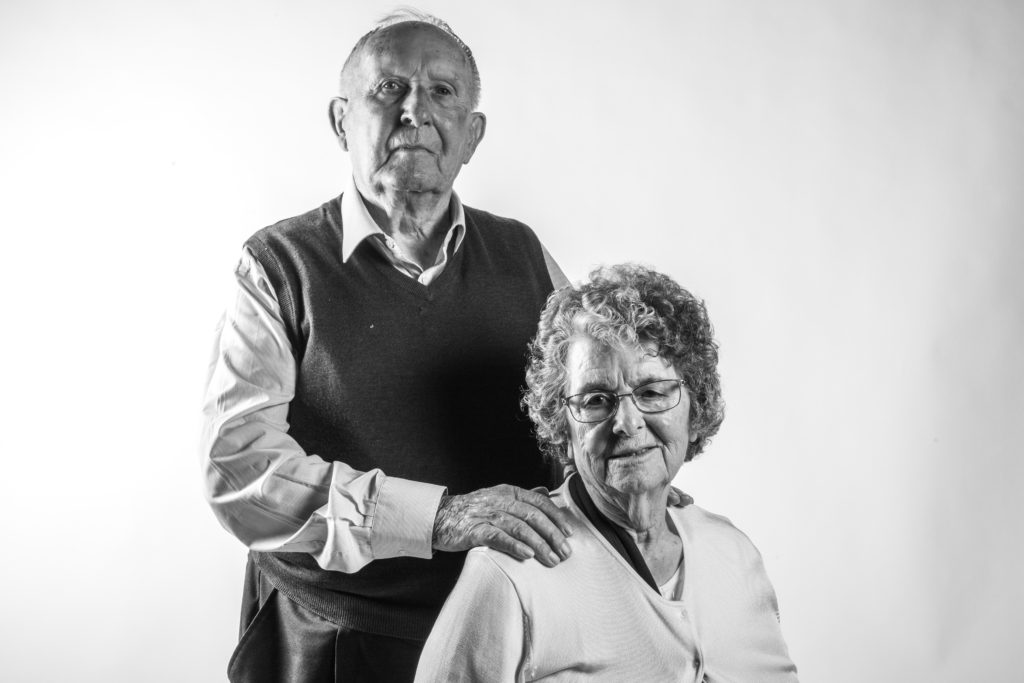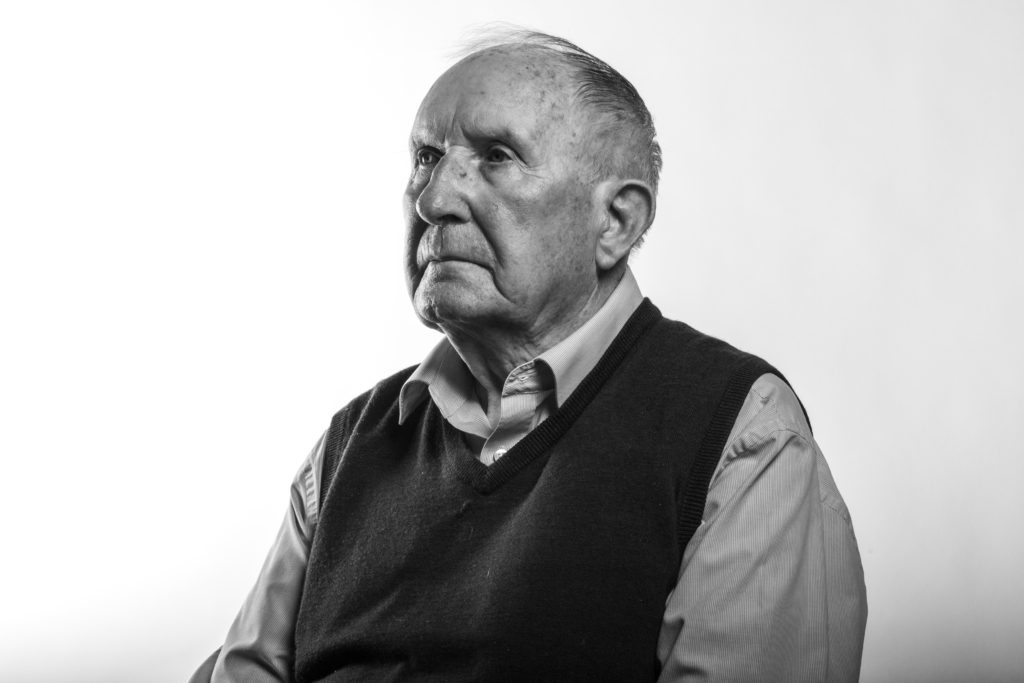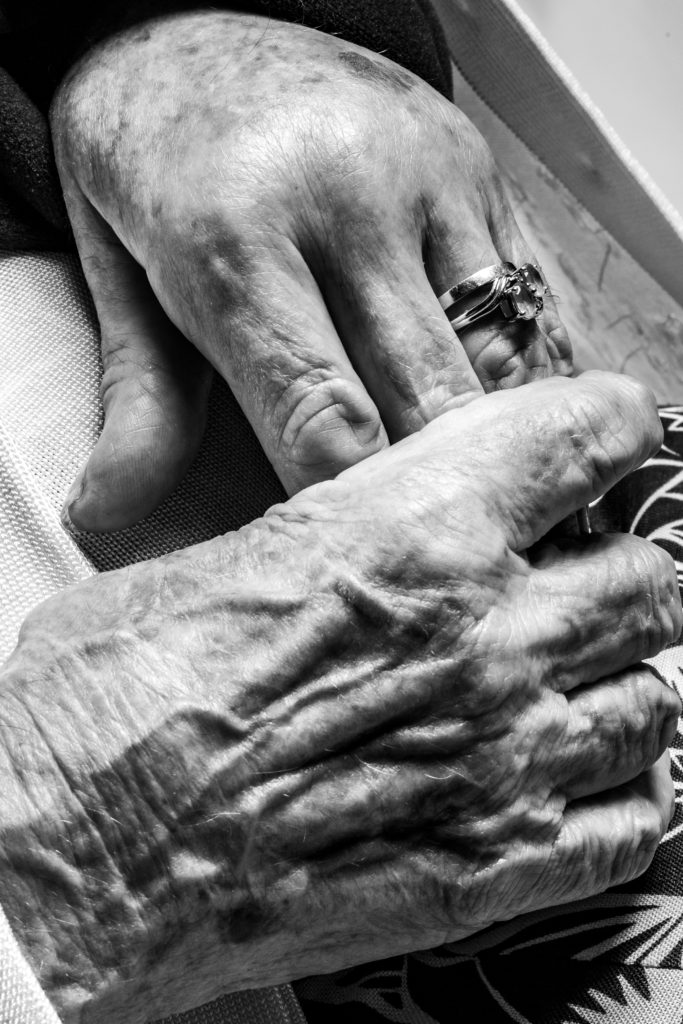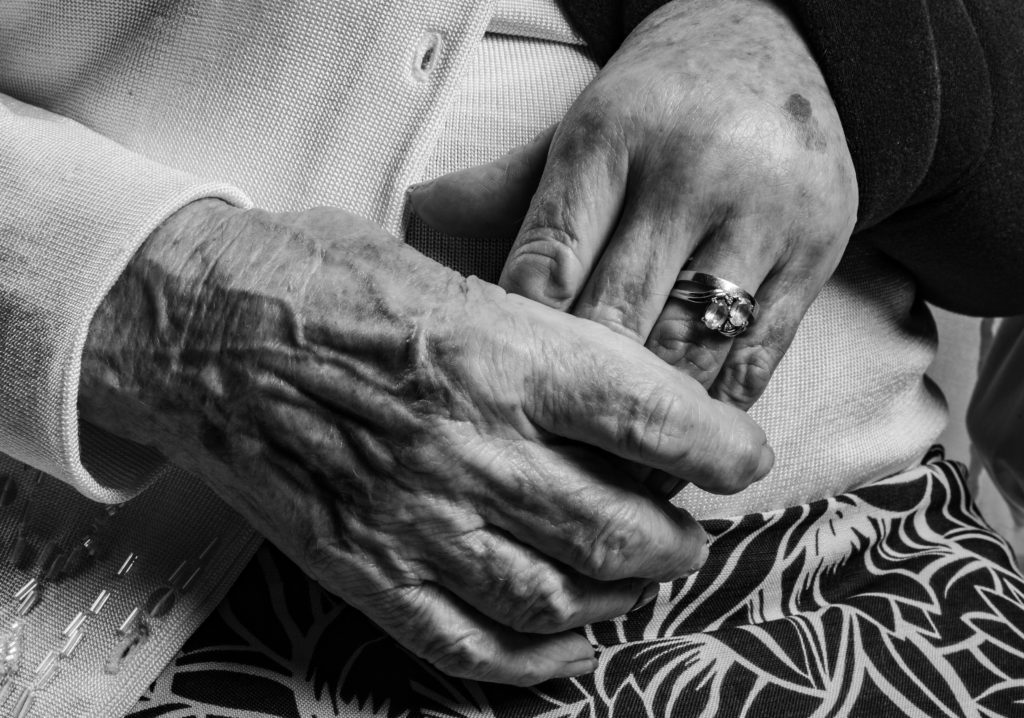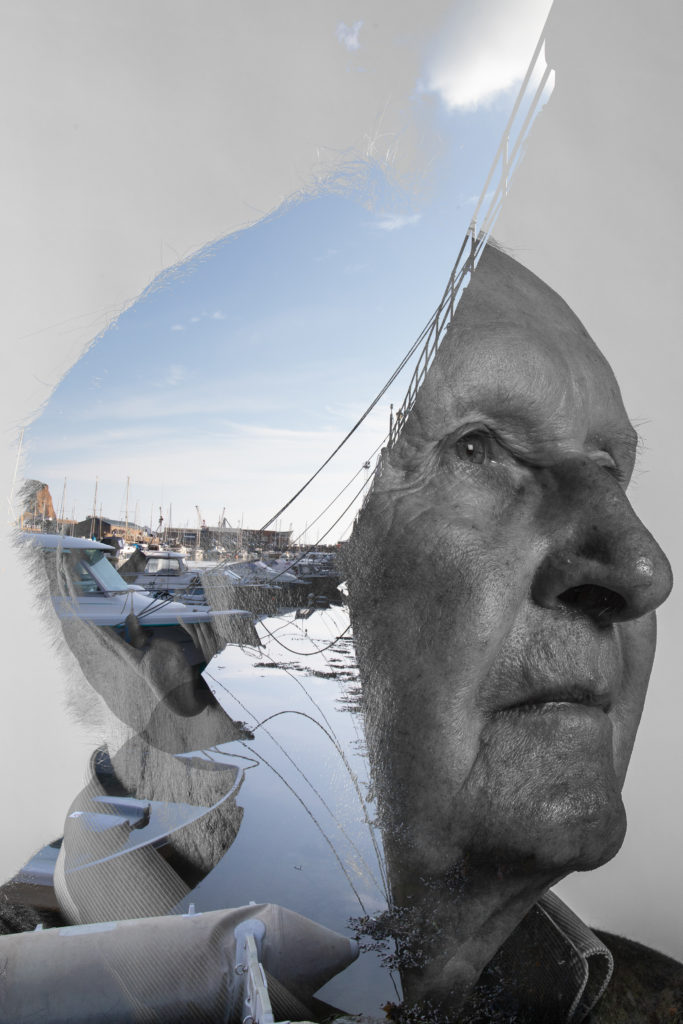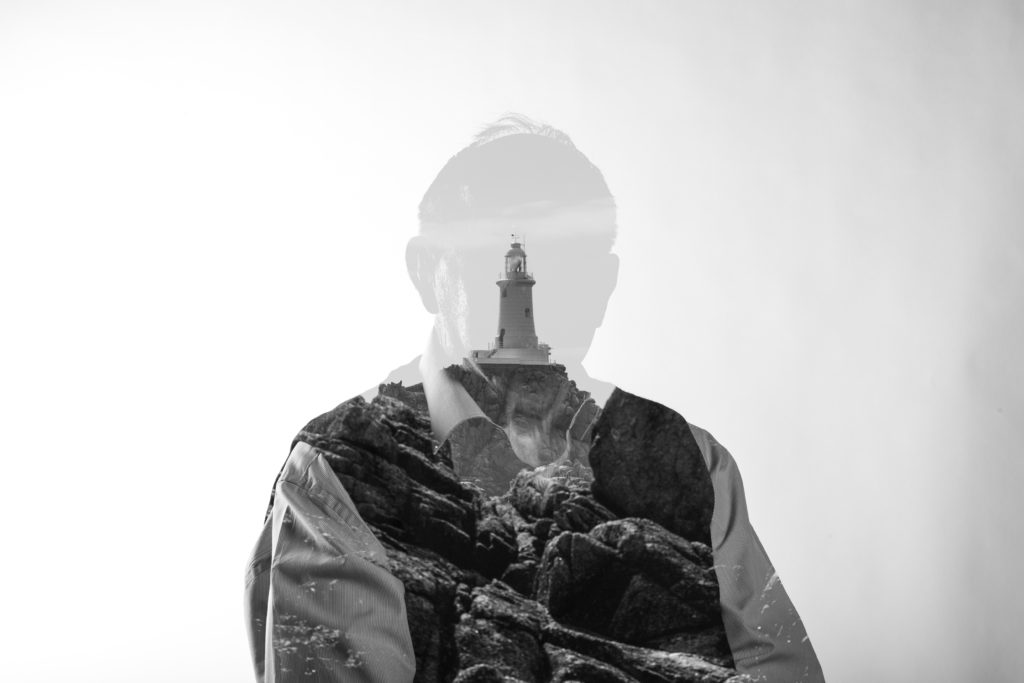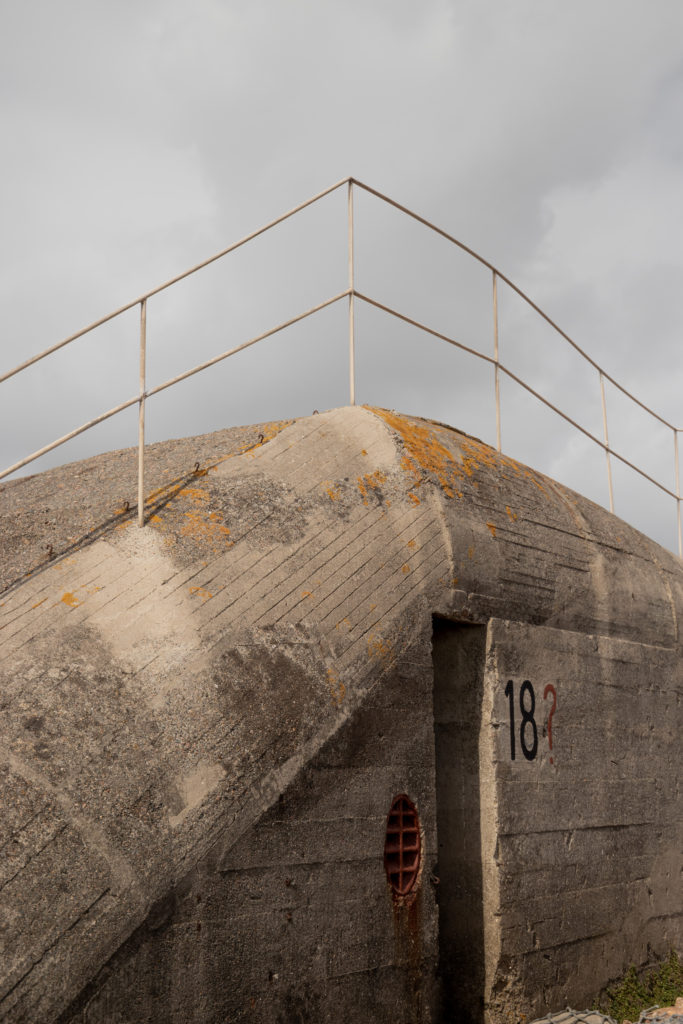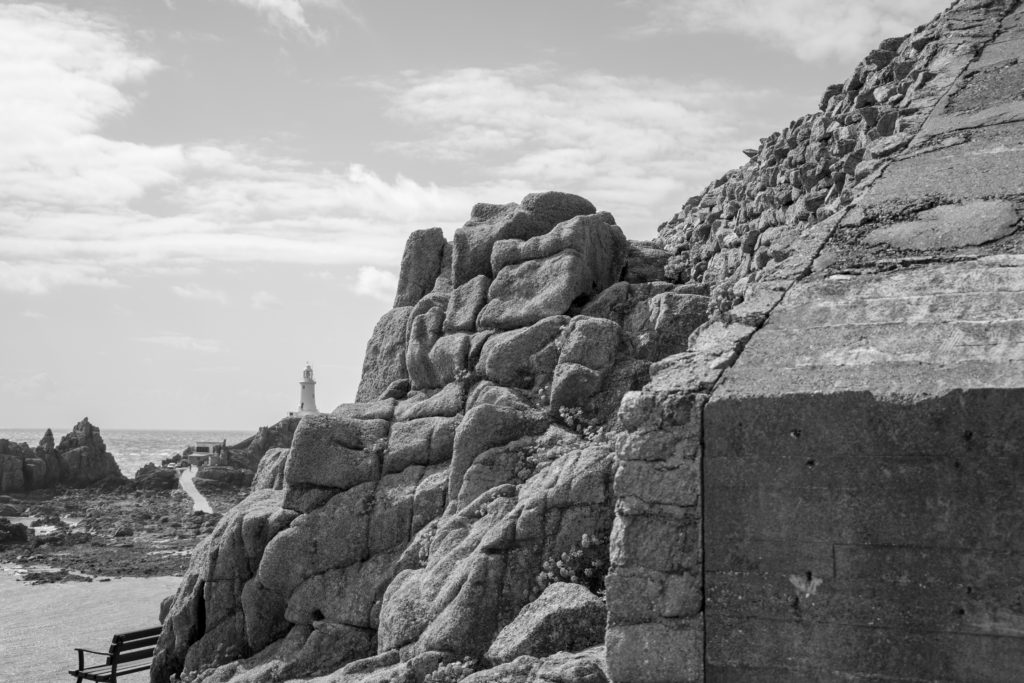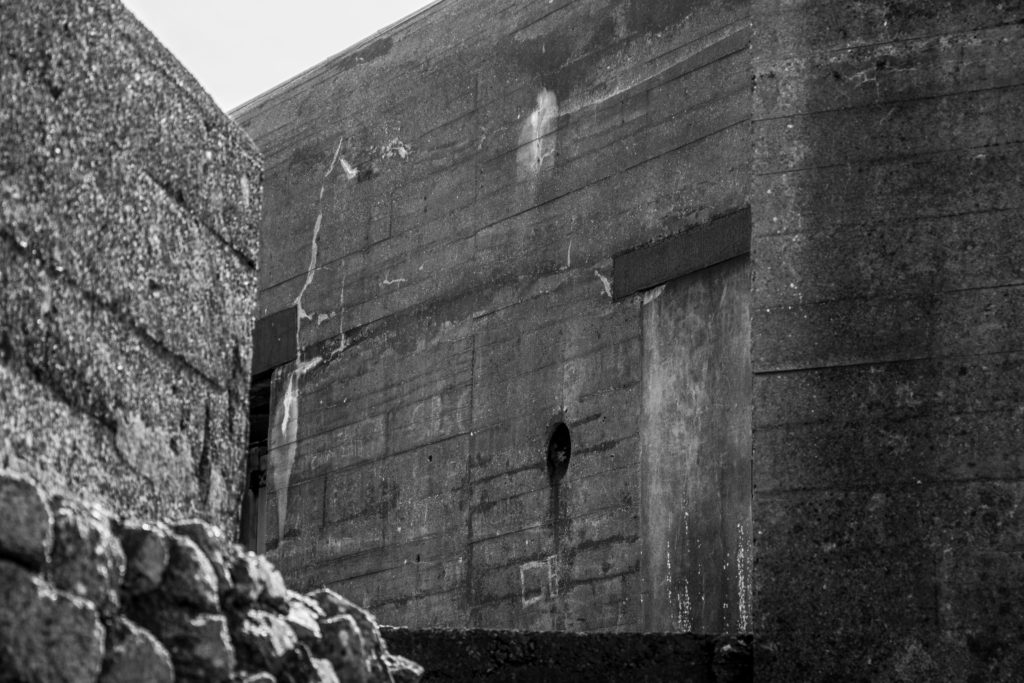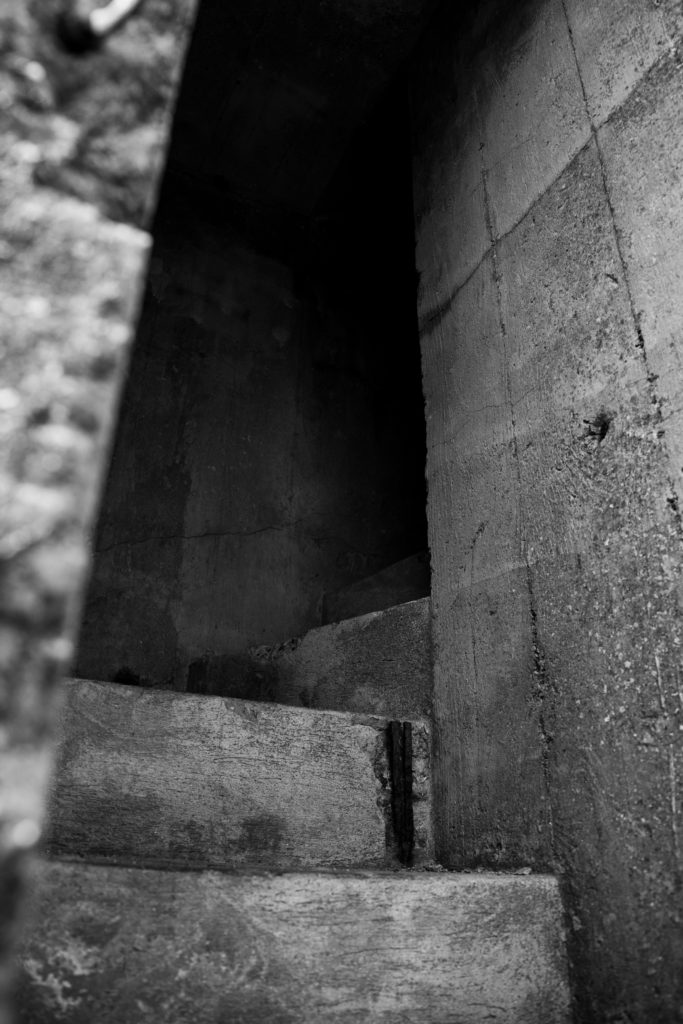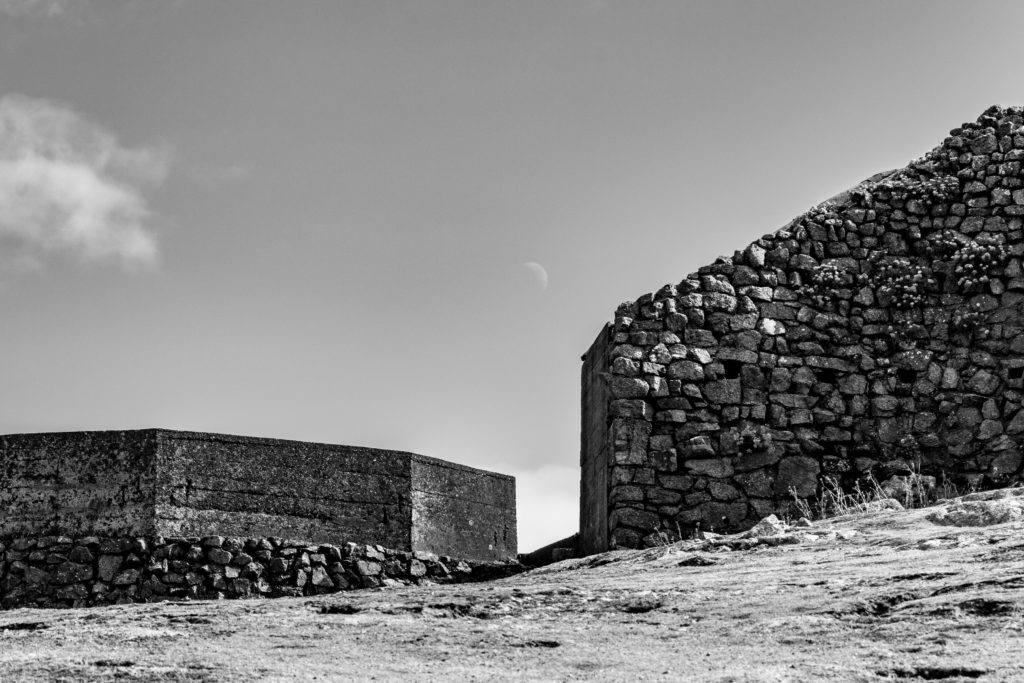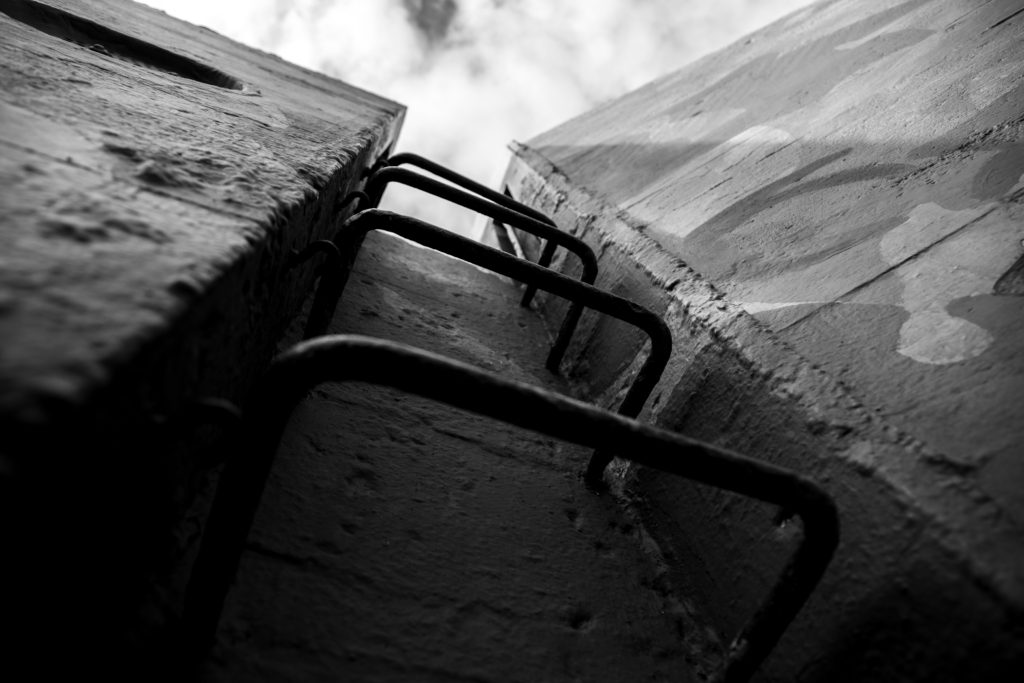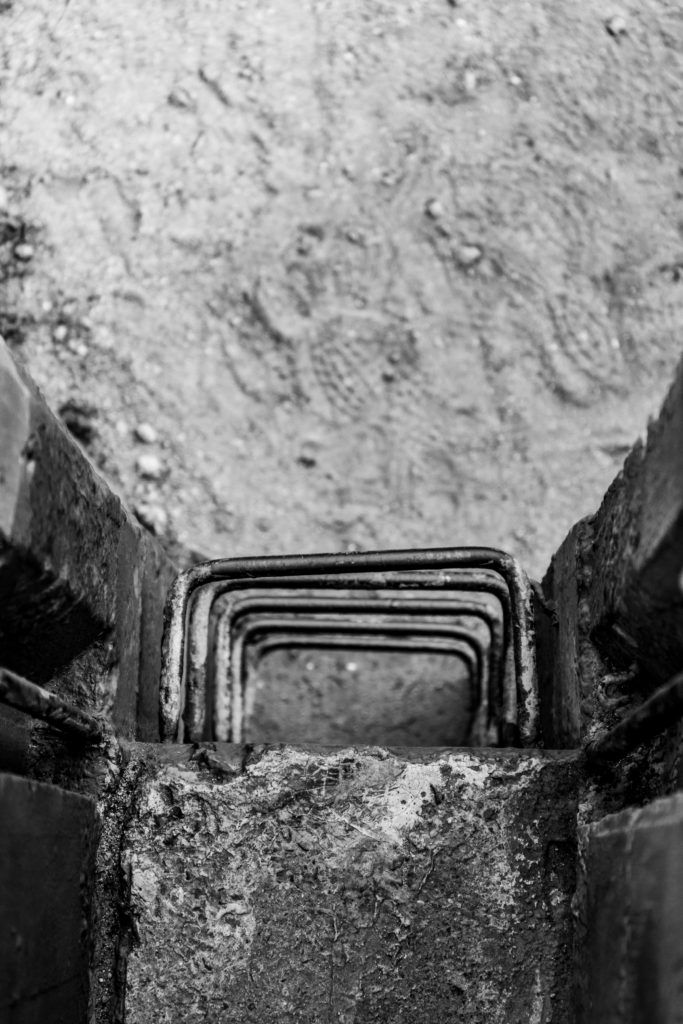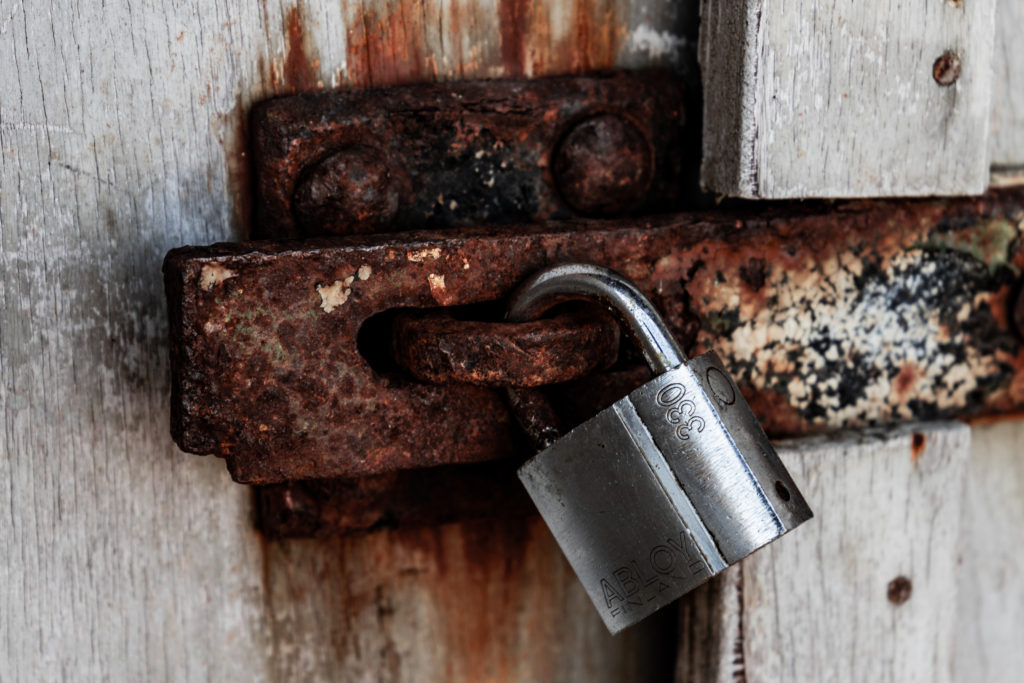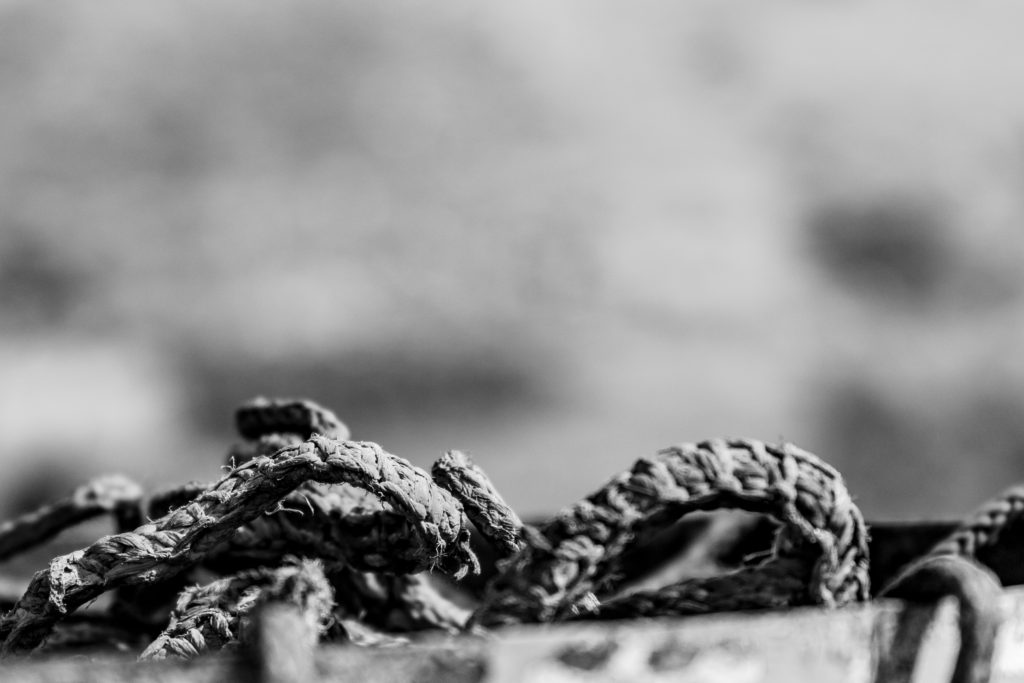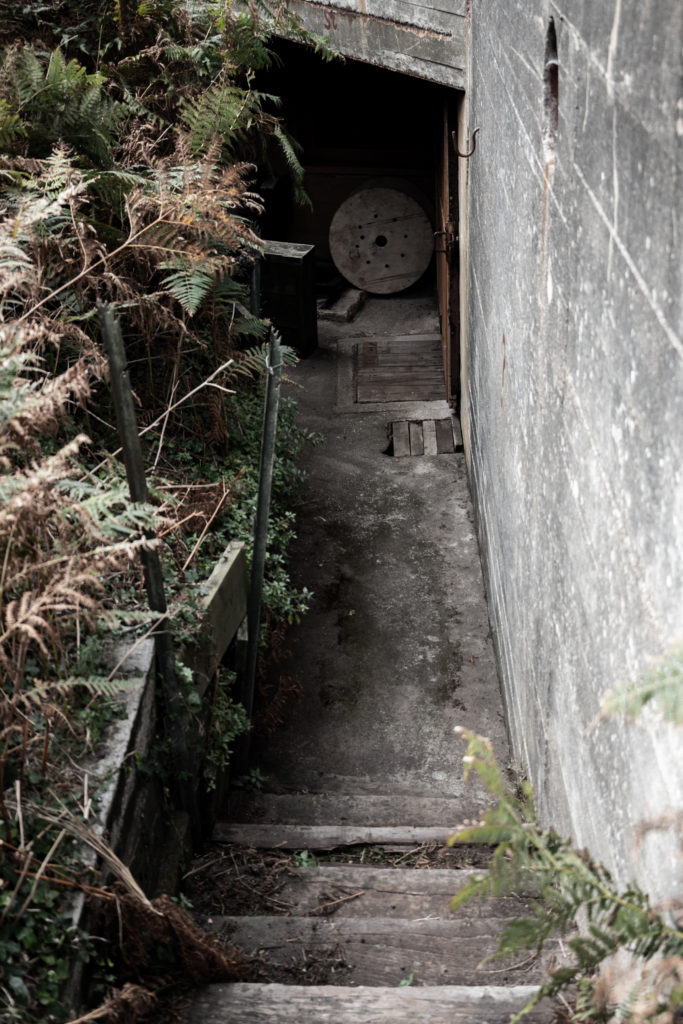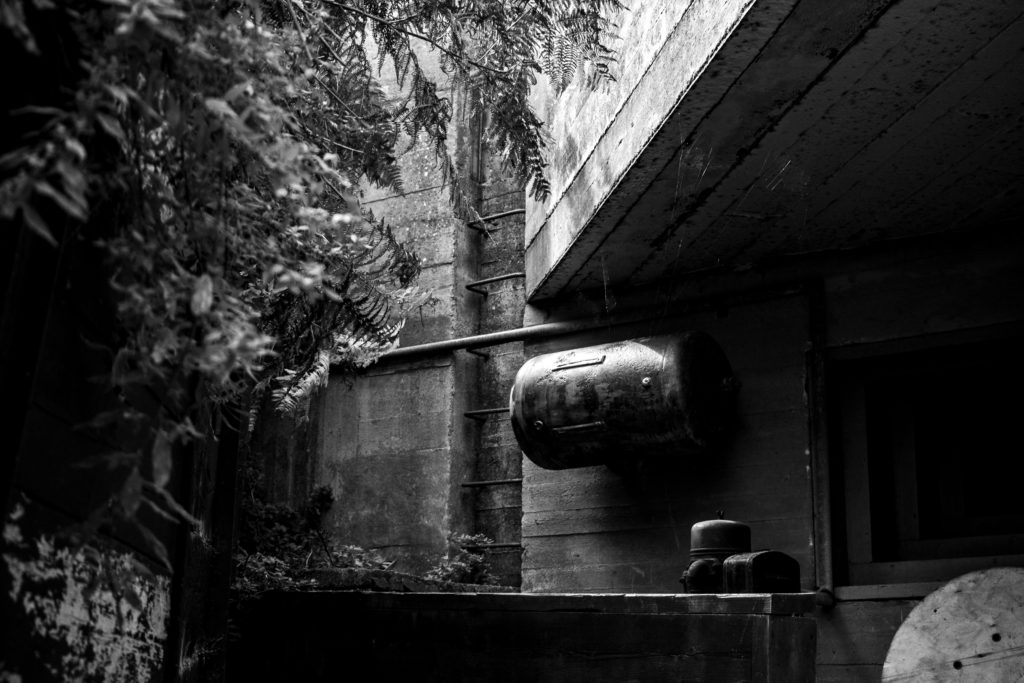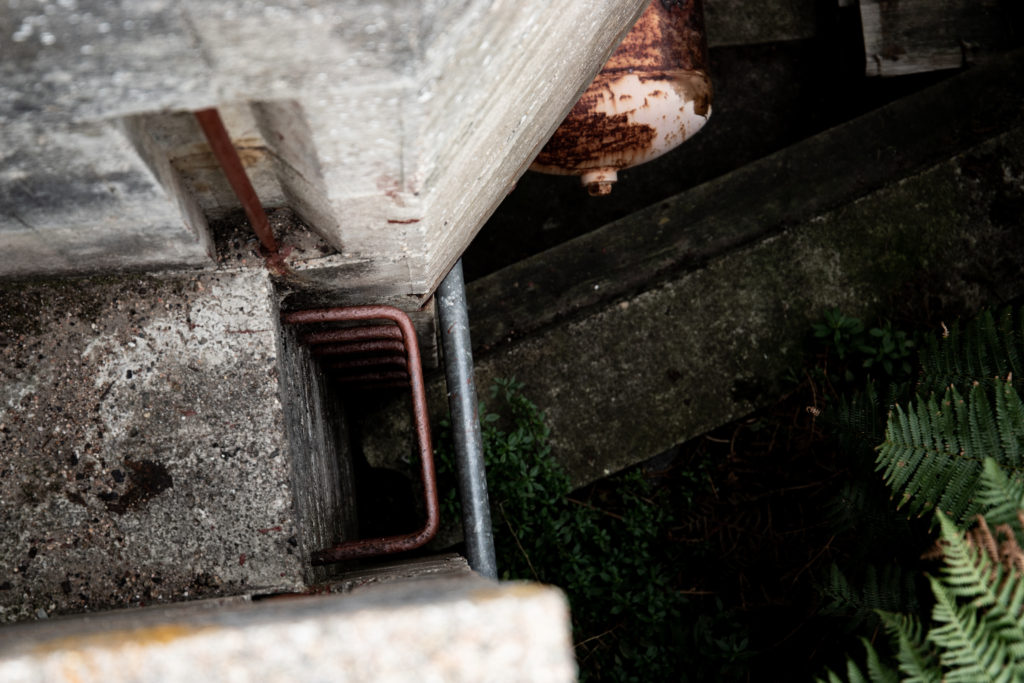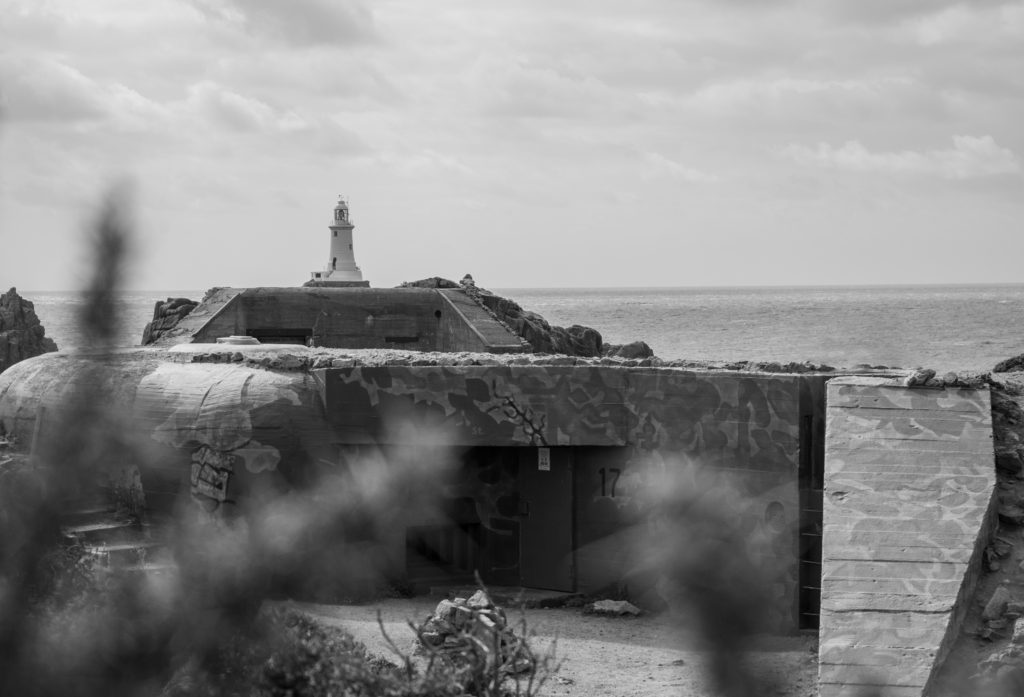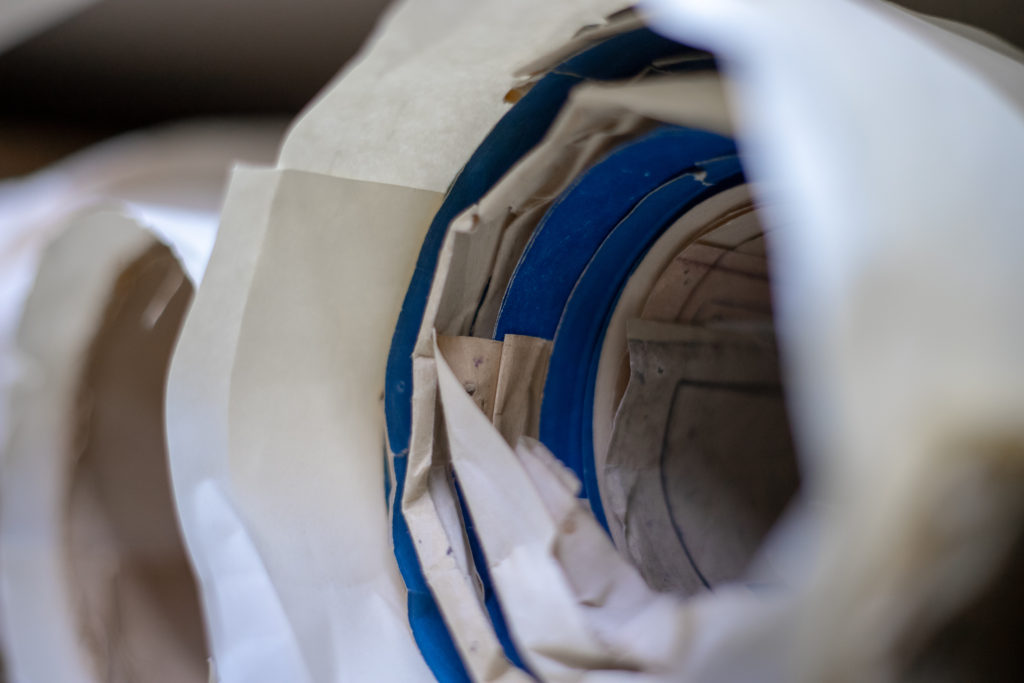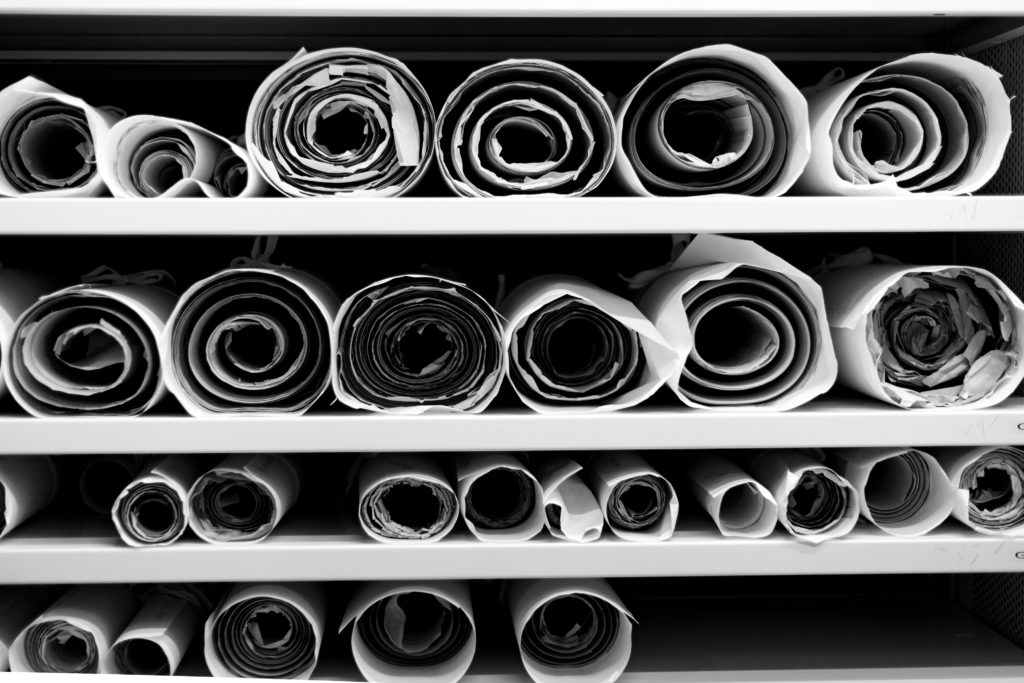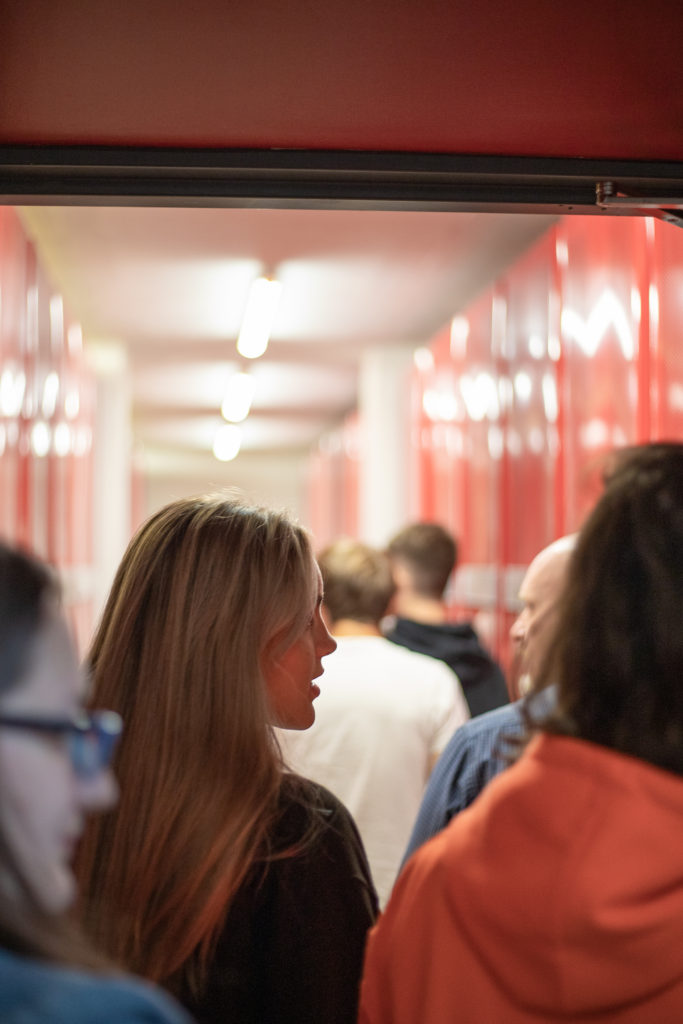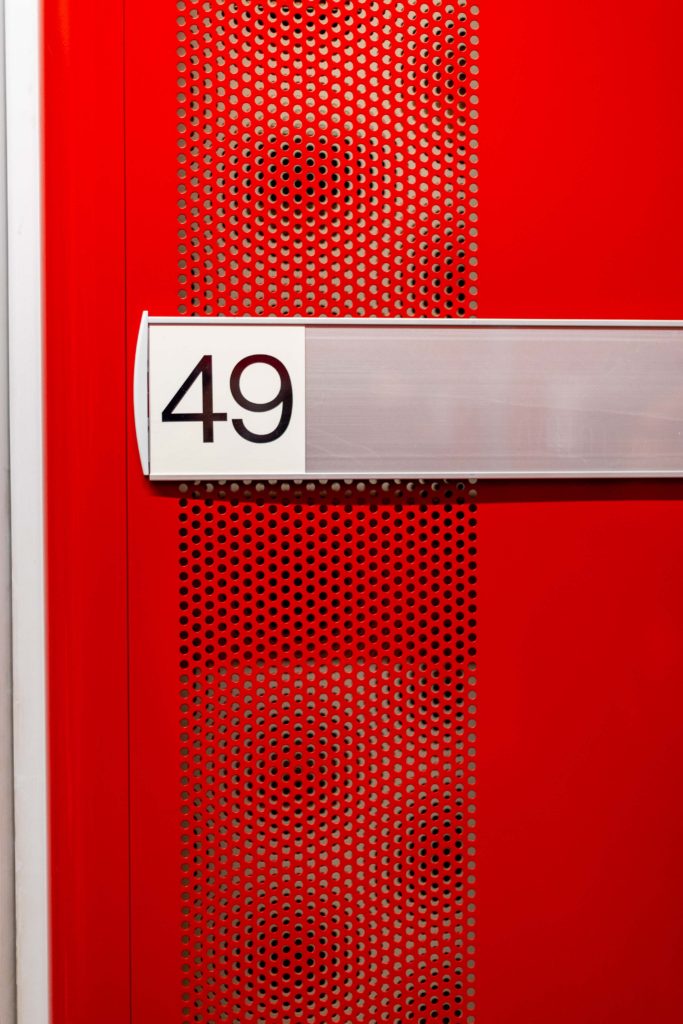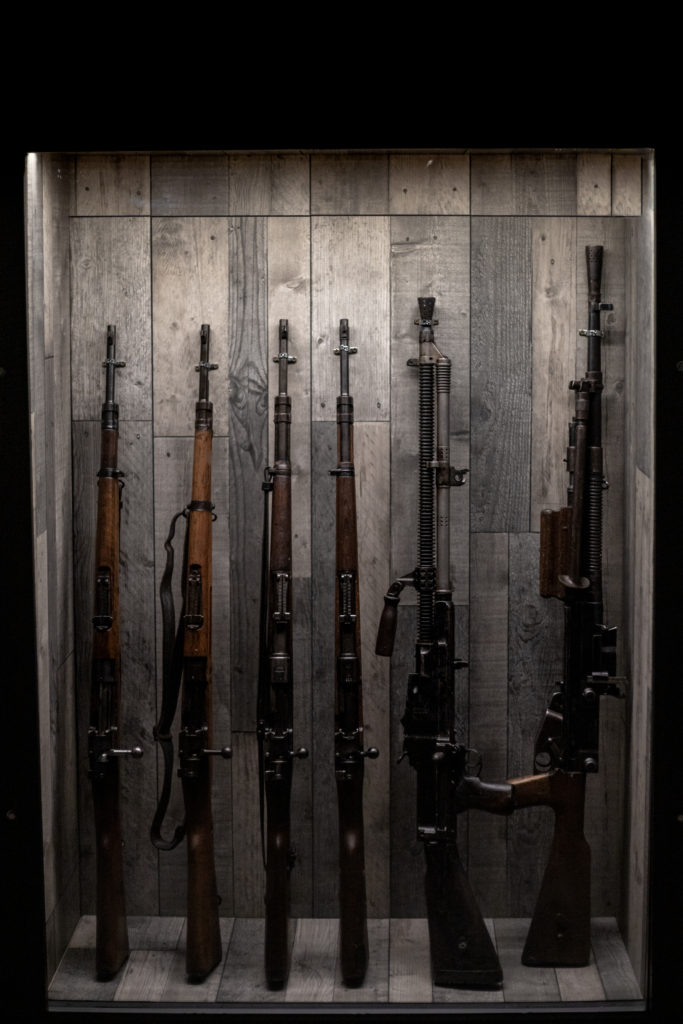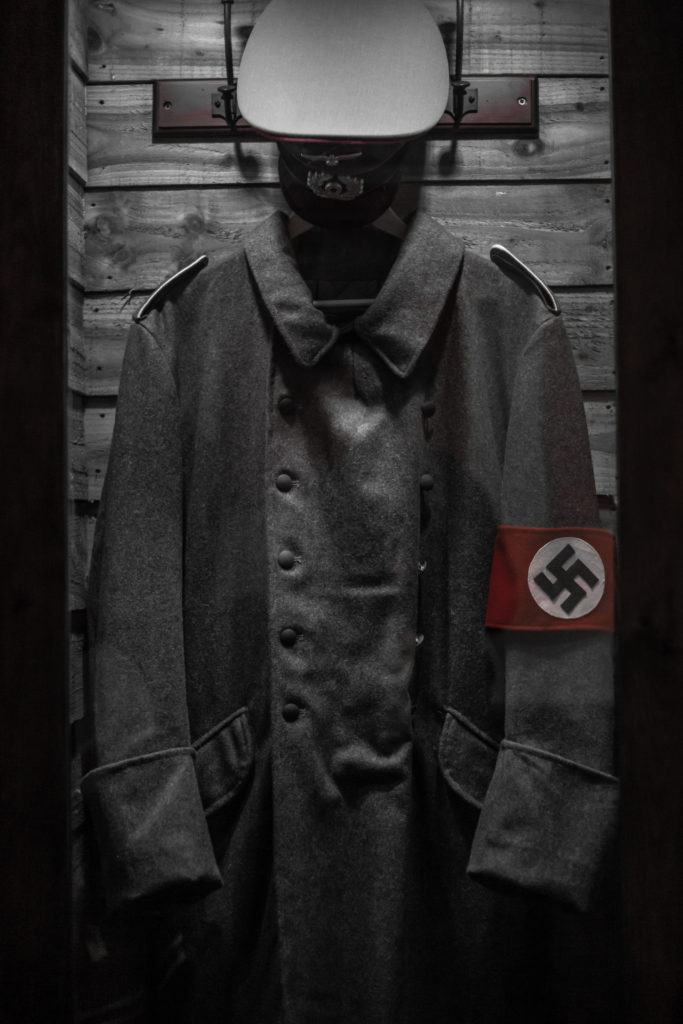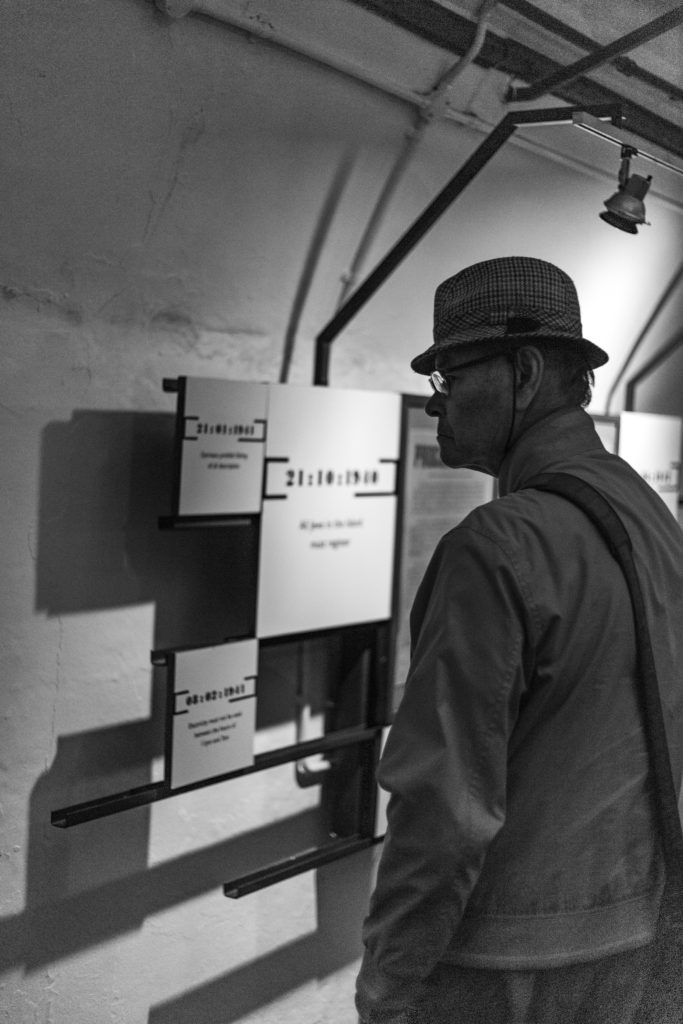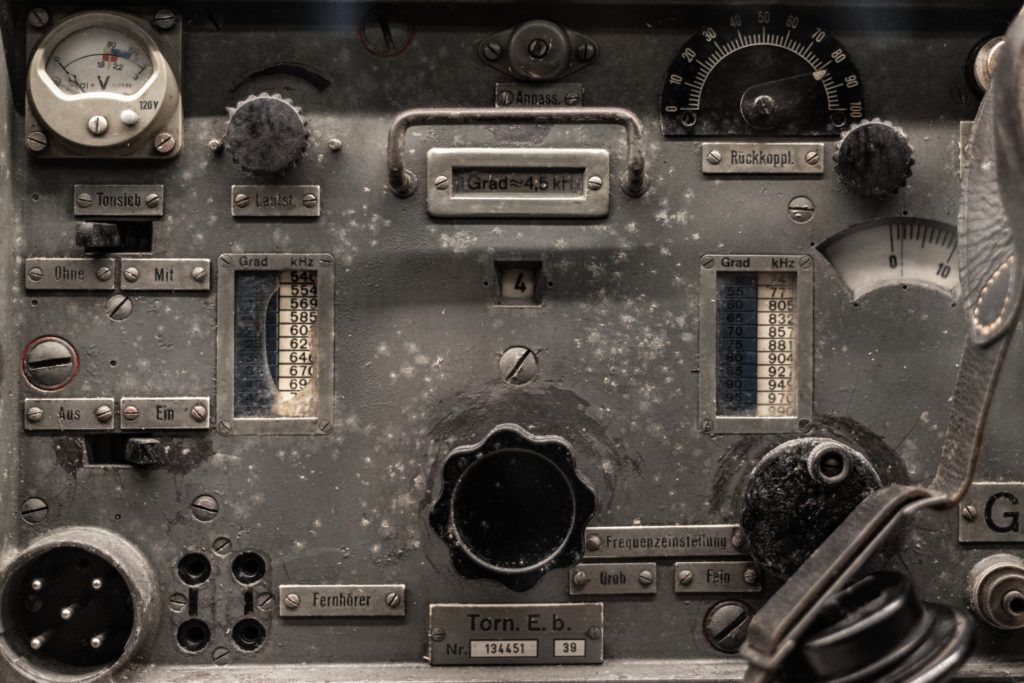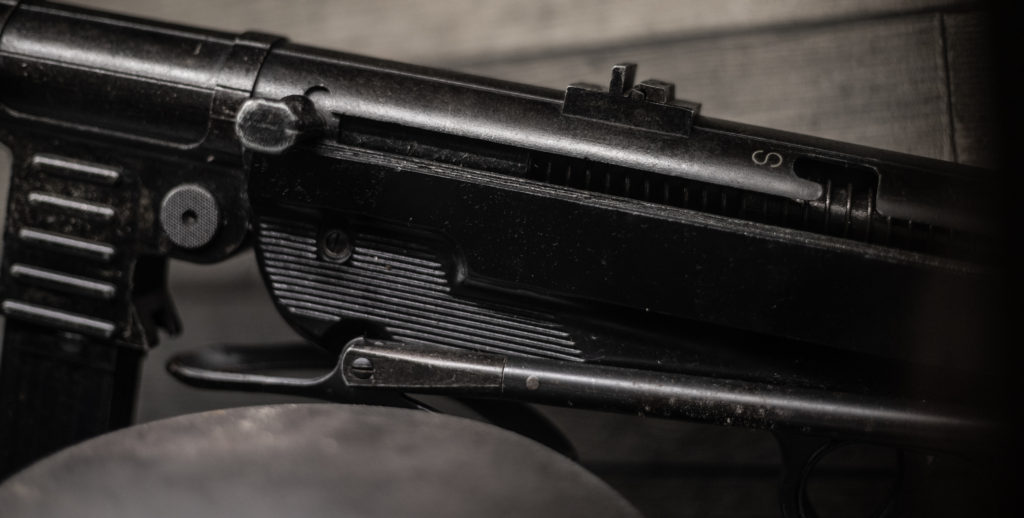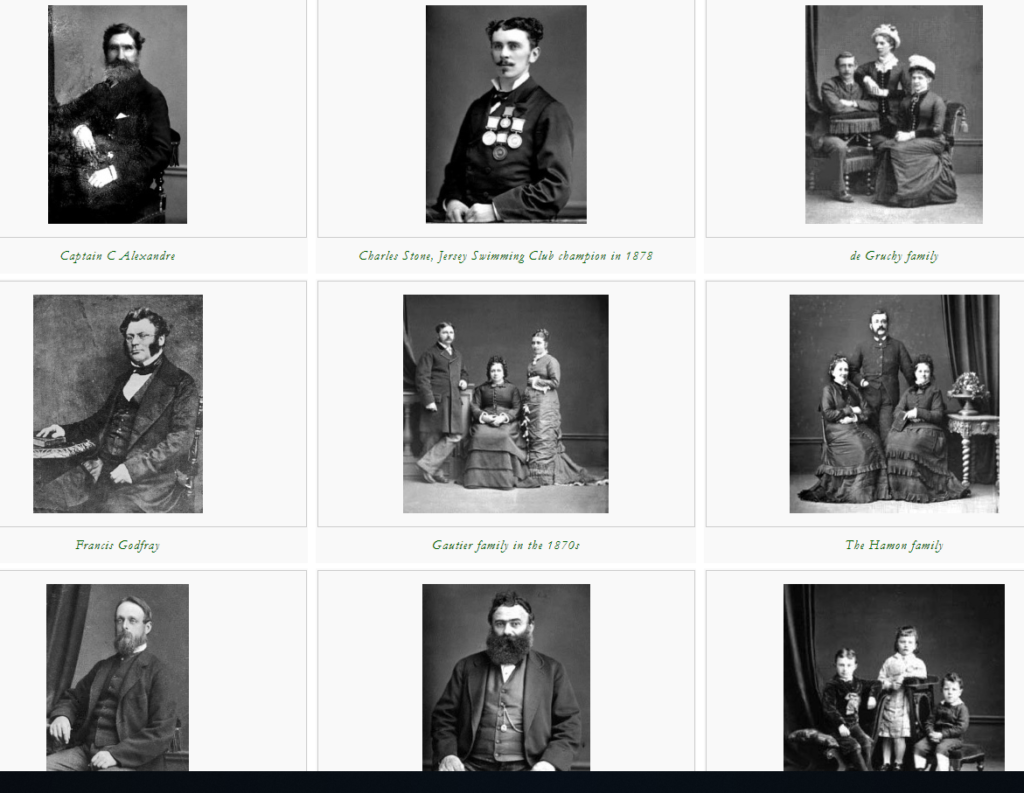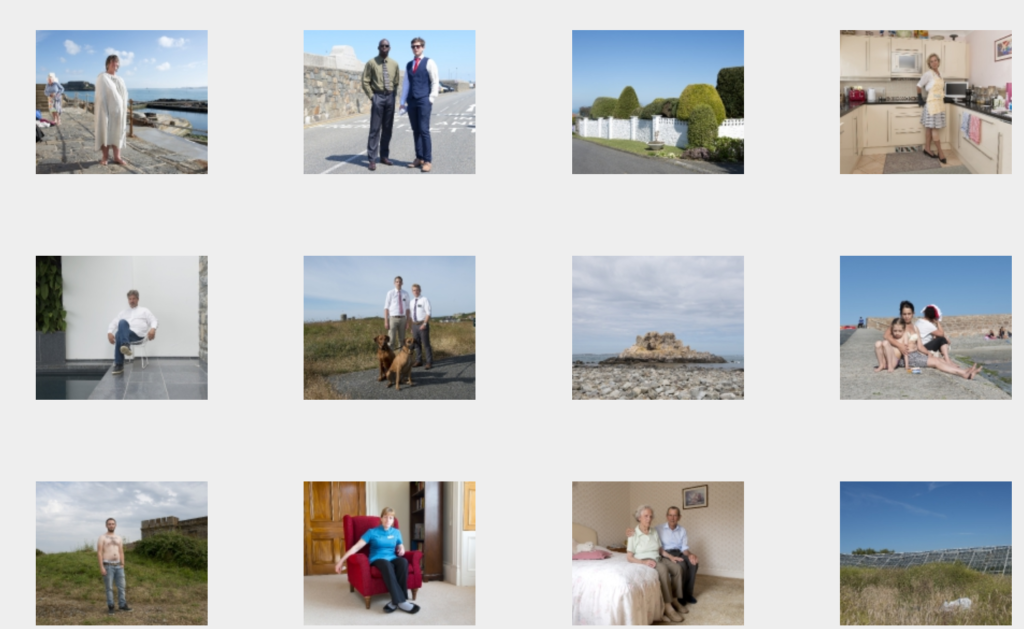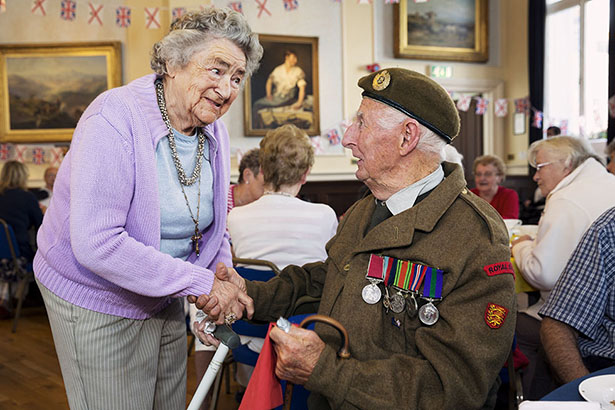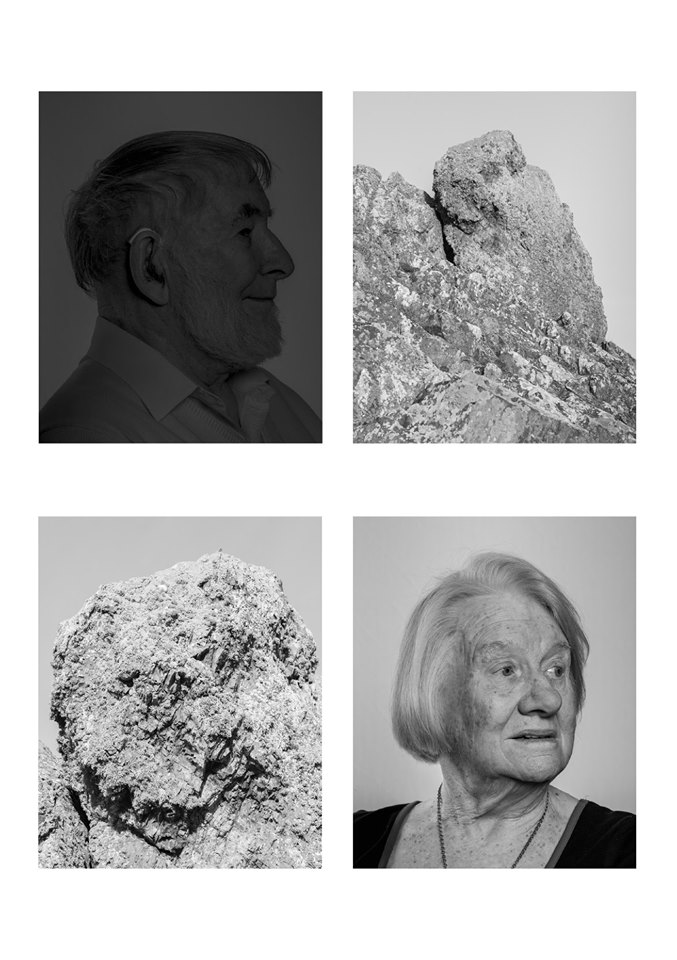Originally I wanted to capture only one or two objects together, as to not over-complicate the image, however the more I played around with the idea of using different objects together to create a scene, the more I got into it. As you can see, my first images only featured a couple of objects, where as the later ones, in my opinion, feel more alive and have more personality that my starting photos, and help create the effect of authentic occupation items.
In Depth Analysis:
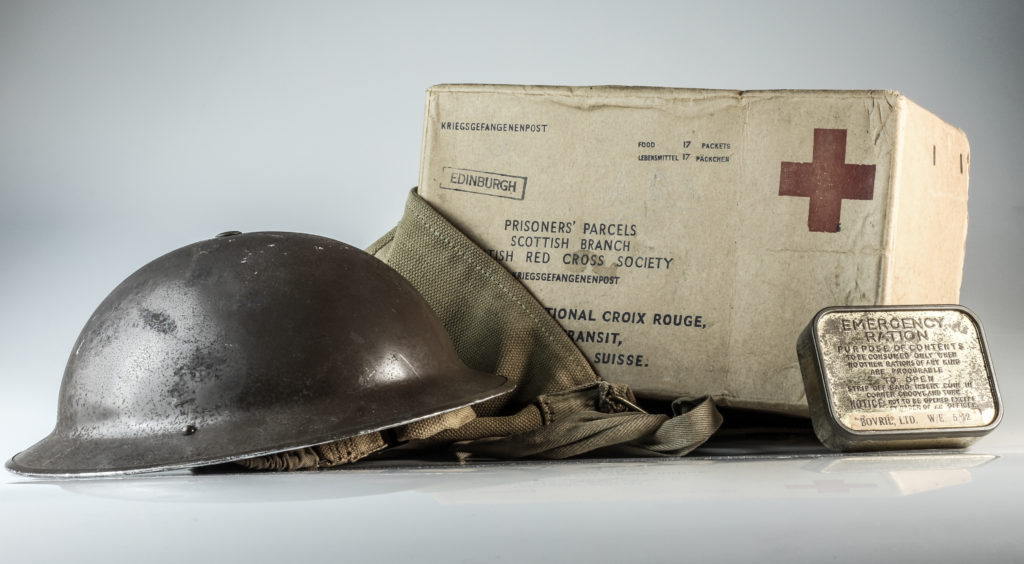
I wanted to create a slightly less cluttered image compared to the previous one, but still wanted to tell a story. In my mind, these objects belong to a British soldier who is delivering a red cross package and food rations to a family, and has rested his helmet next to the parcel after relieving it the family. Obviously creative liberties have been made in order to show off the objects in the best way possible, but represents this story to me personally. I also wanted this image to be slightly less saturated to show a contrast between the happiness that islanders felt after liberation, and all of the hardships that they have been through over the previous years. Alternatively, the helmet can also be used to represent this oppression in contrast to the Red Cross Parcel.
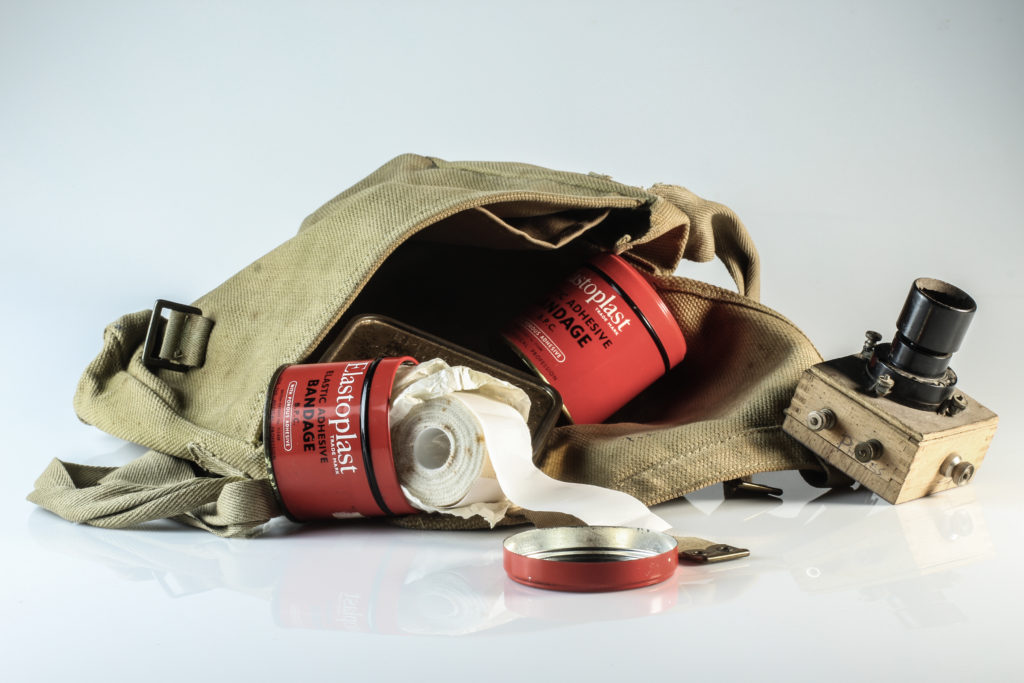
For this image I wanted to make it look as though a bag was dropped, and the contents had spilled onto the ground. For this reason, I wanted to make the contents seem as realistic as possible, for a satchel being carried by an average citizen. Therefore, I included a tin of rations which has been slightly obscured by the bandages in front. This person would also have been carrying a small crystal radio set, which has been thrown out by the bag hitting the ground.
I used the rule of thirds as well as the leading lines of the open satchel to draw the eye to the bandage tin in the left, where the viewer can follow the line of unraveled bandage along to the radio set as well as the other tin further back in the bag. In hindsight it may have been a better idea to move the ration tin further to the right the first bandage tin, and perhaps rested it on the tin that is further in the background, as the view would have an idea of what it looks like due to the one in the foreground.

